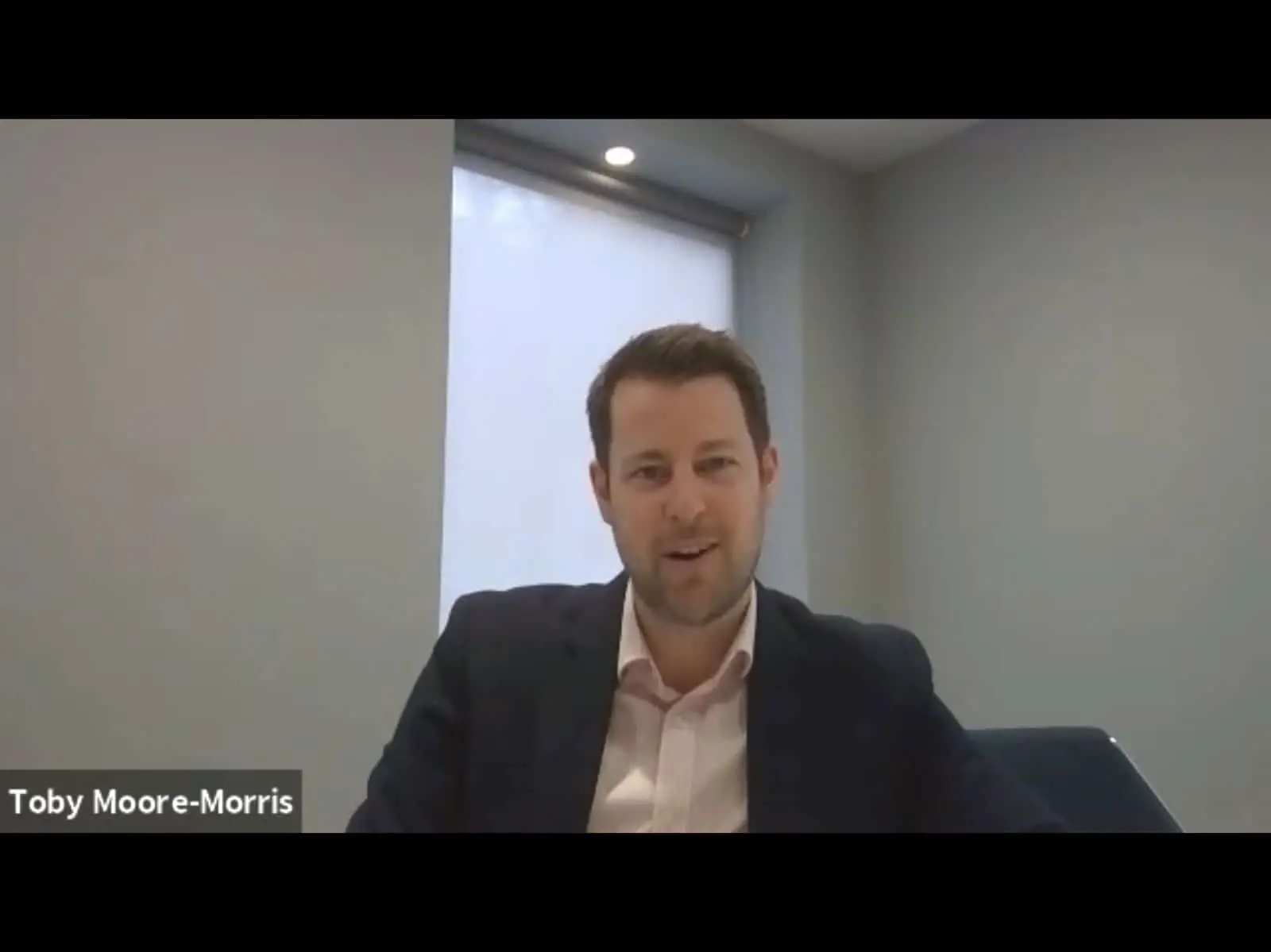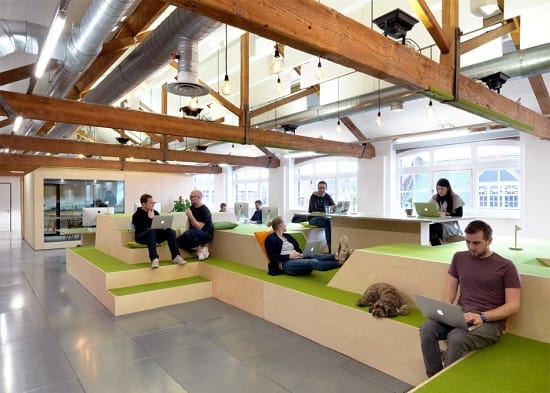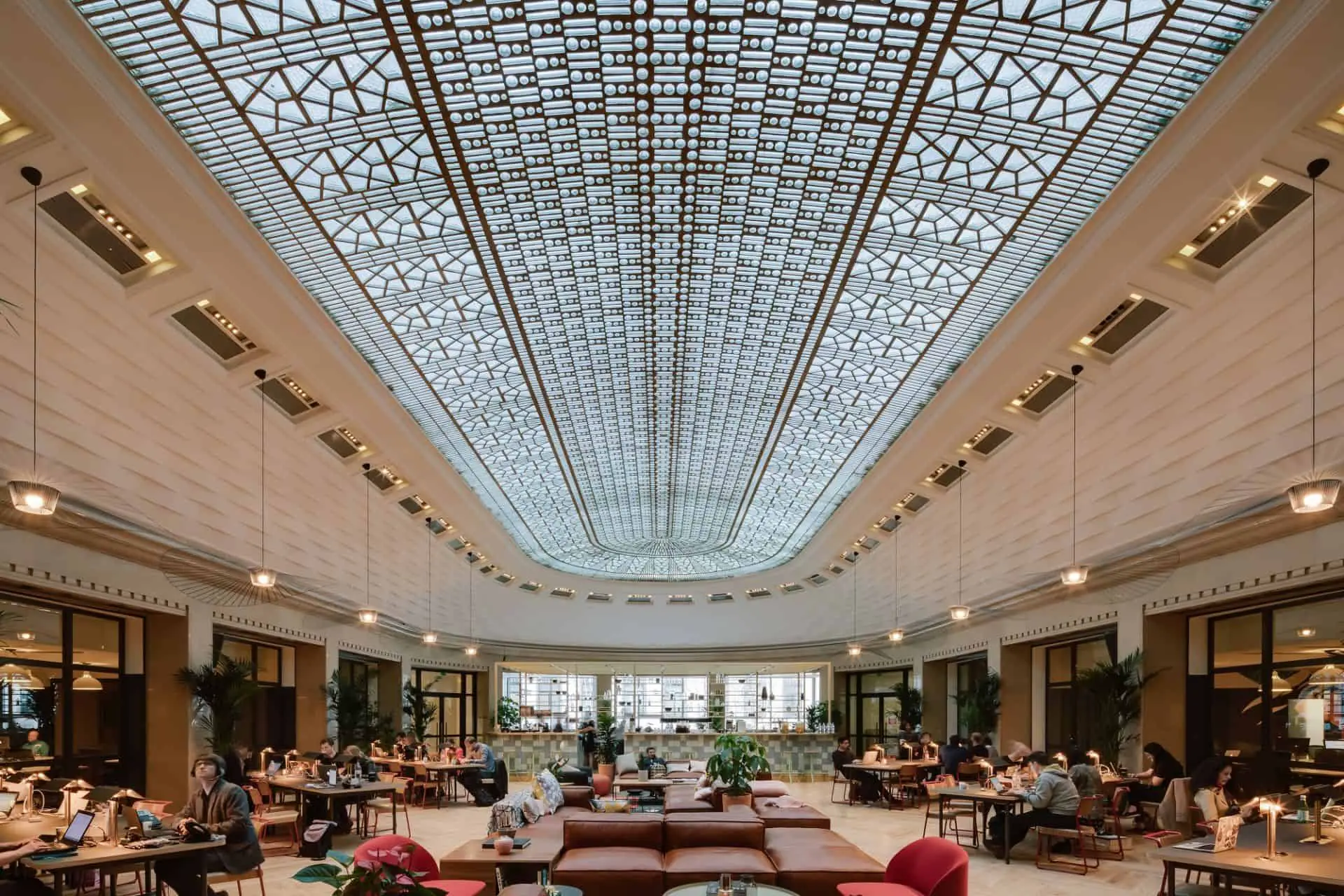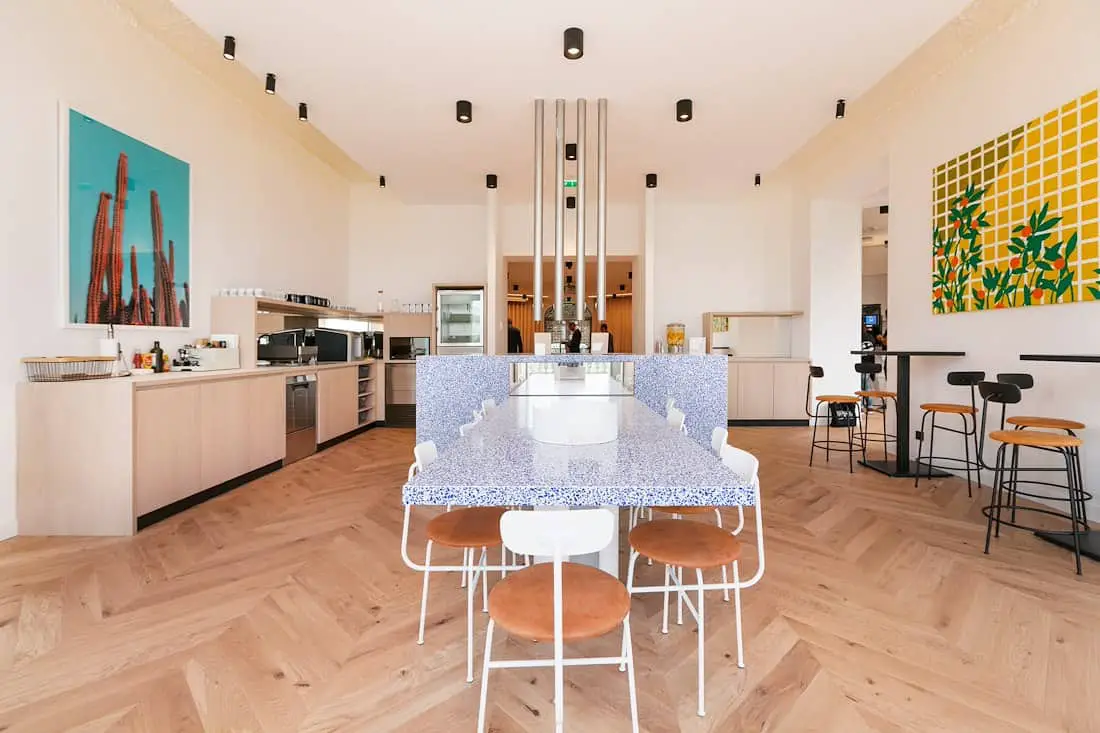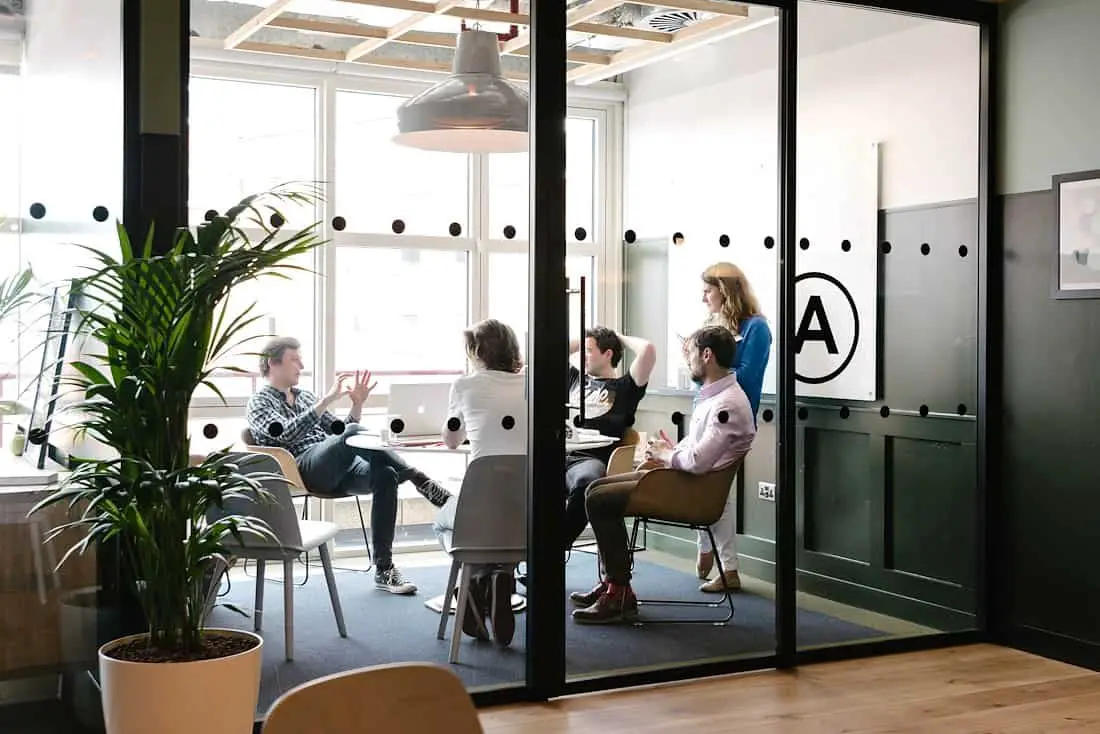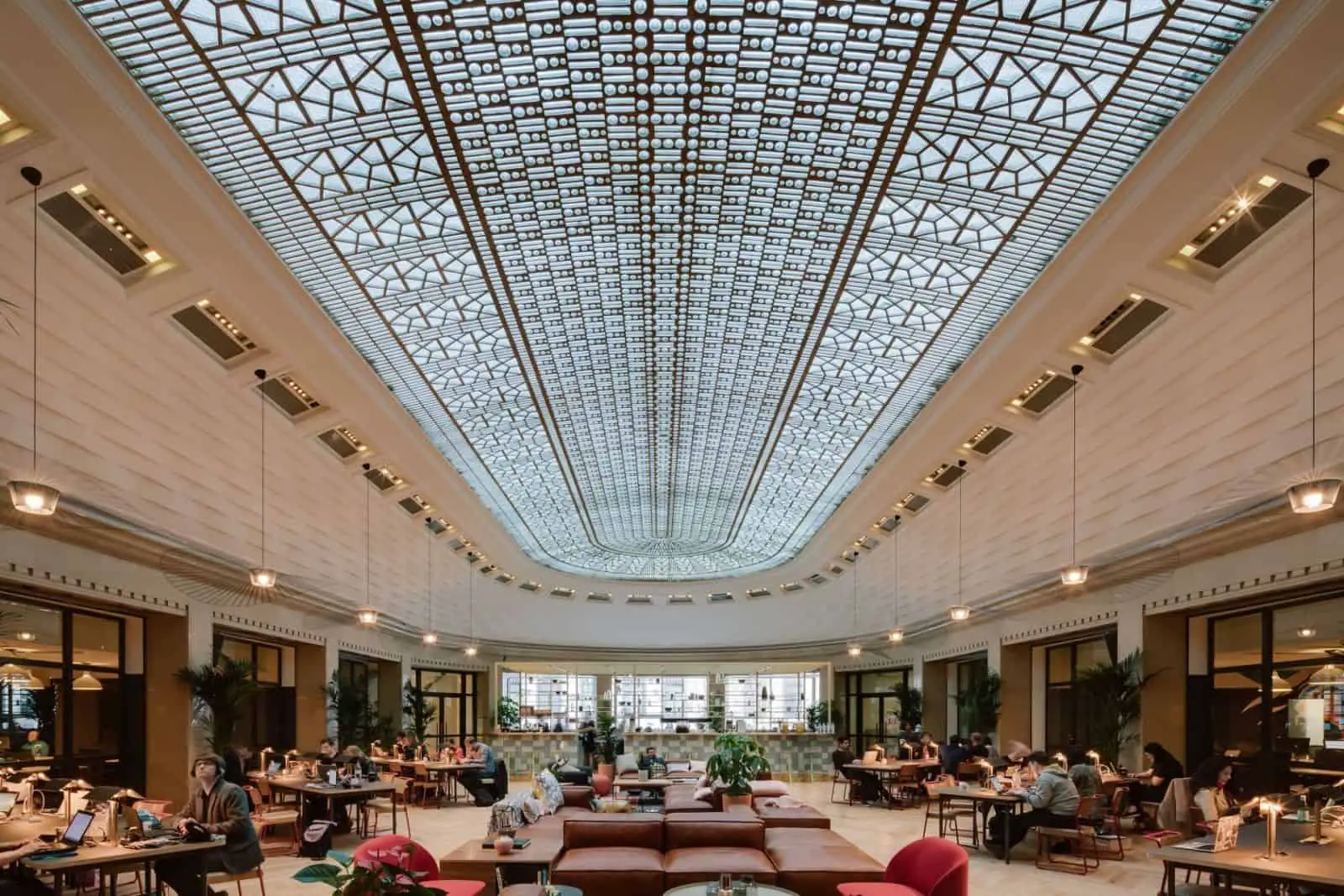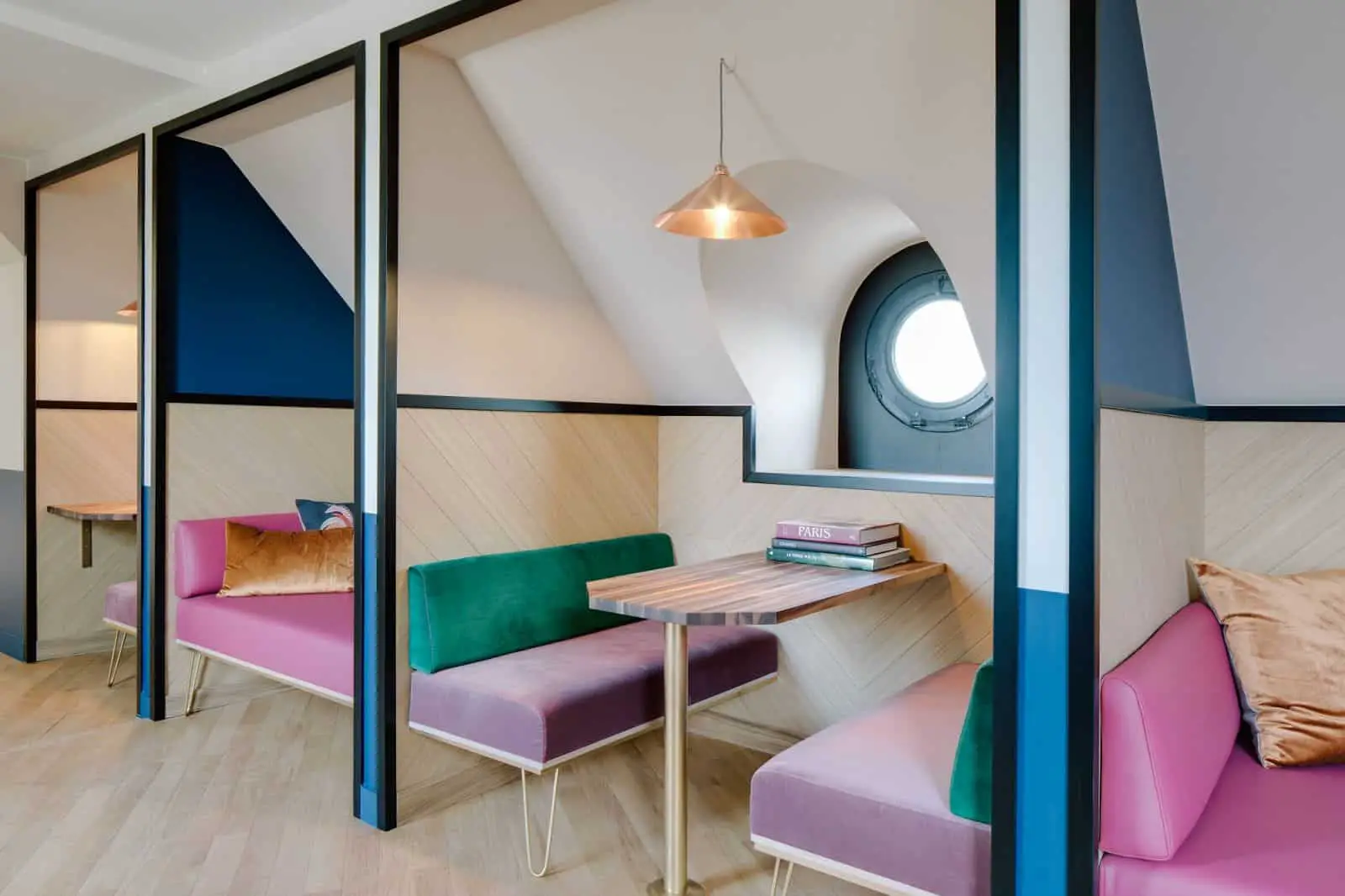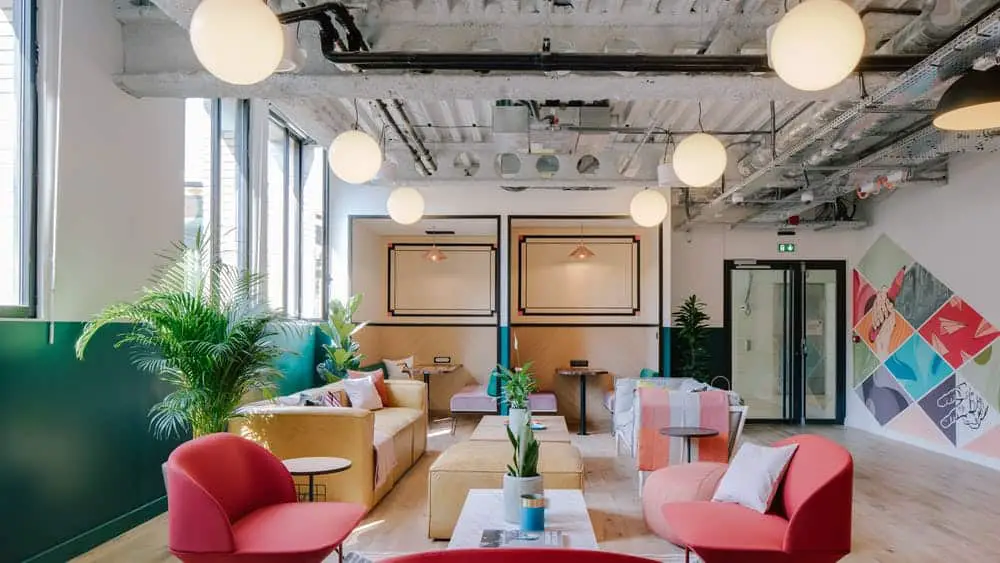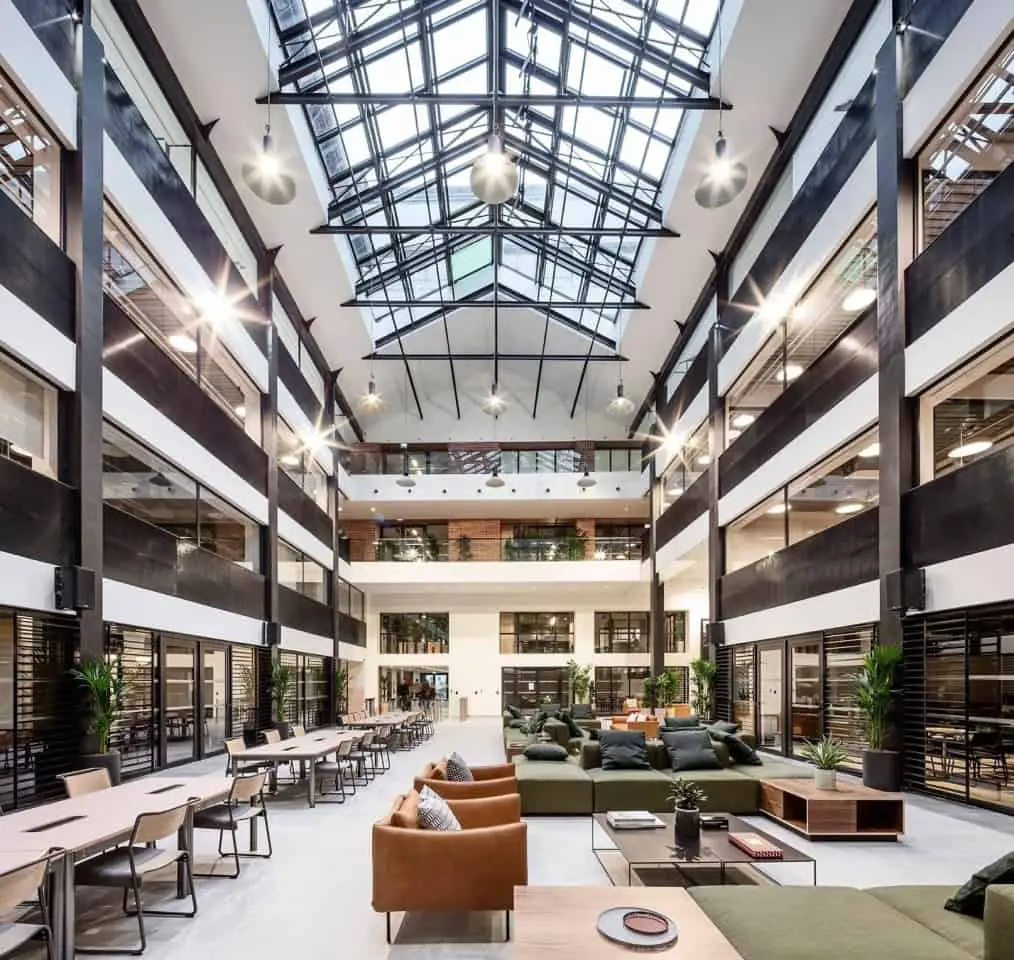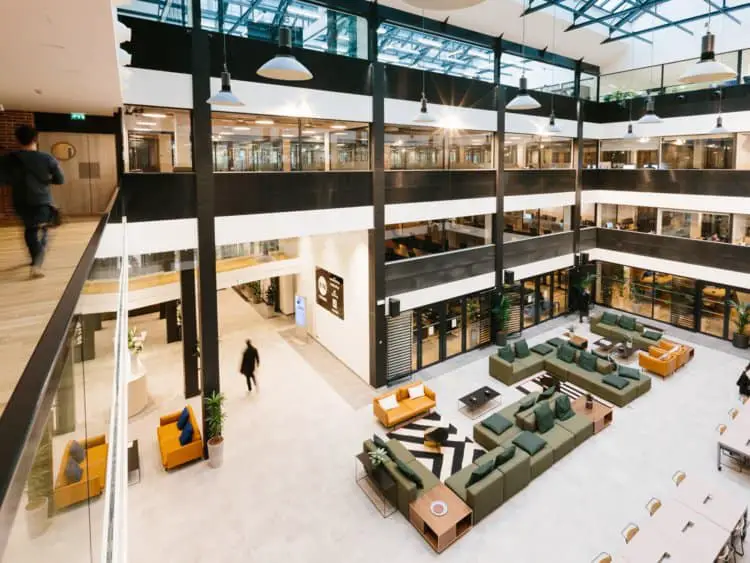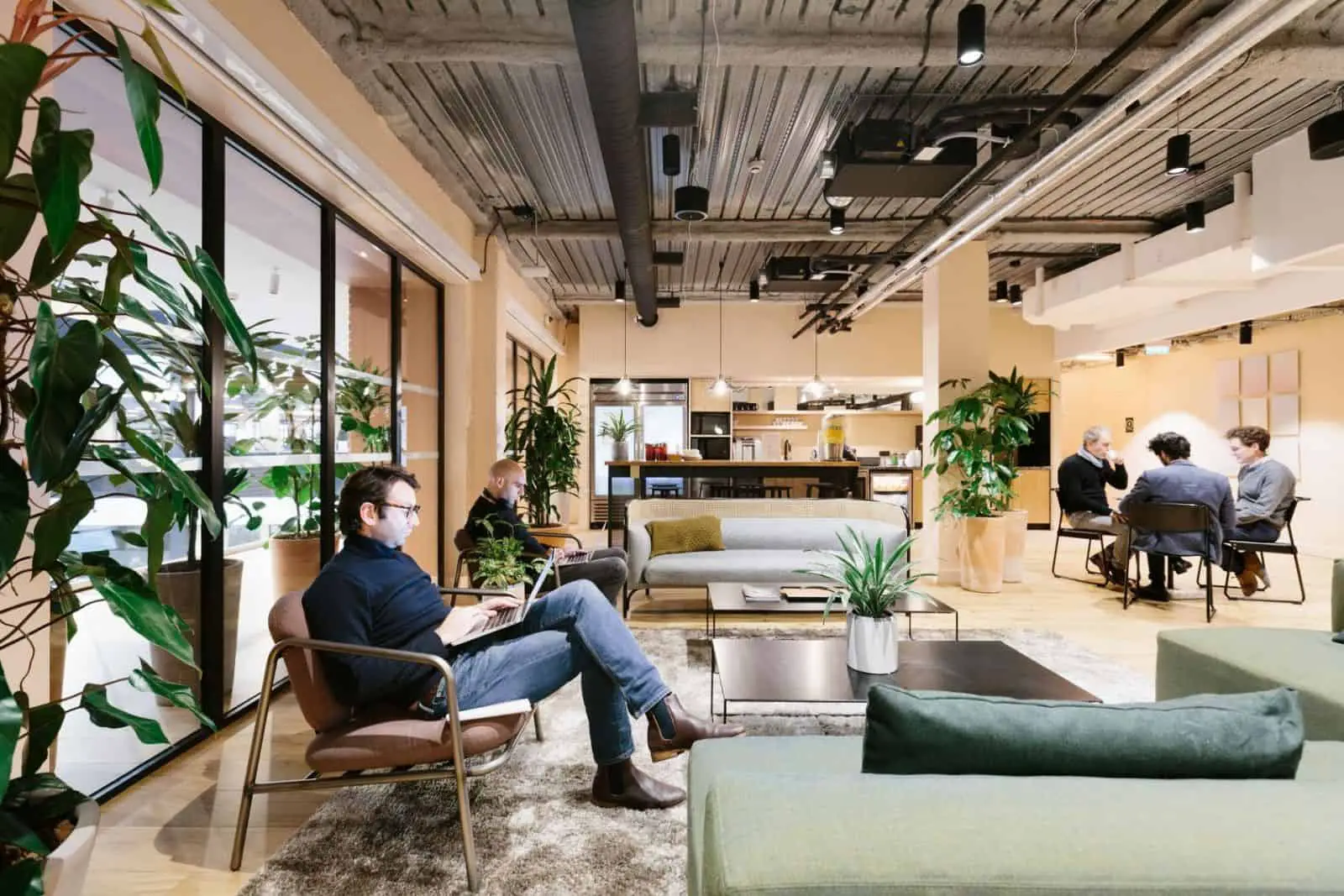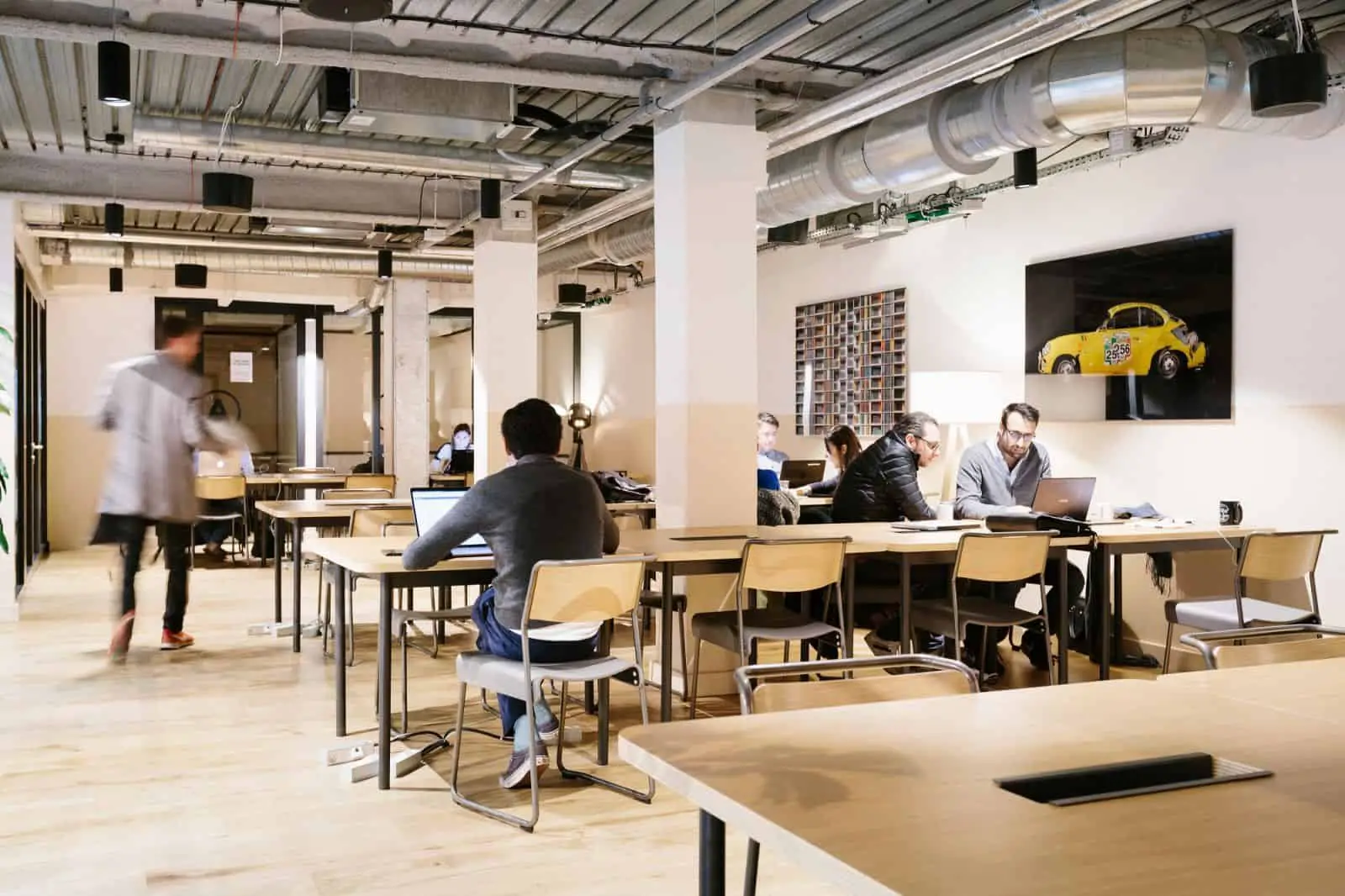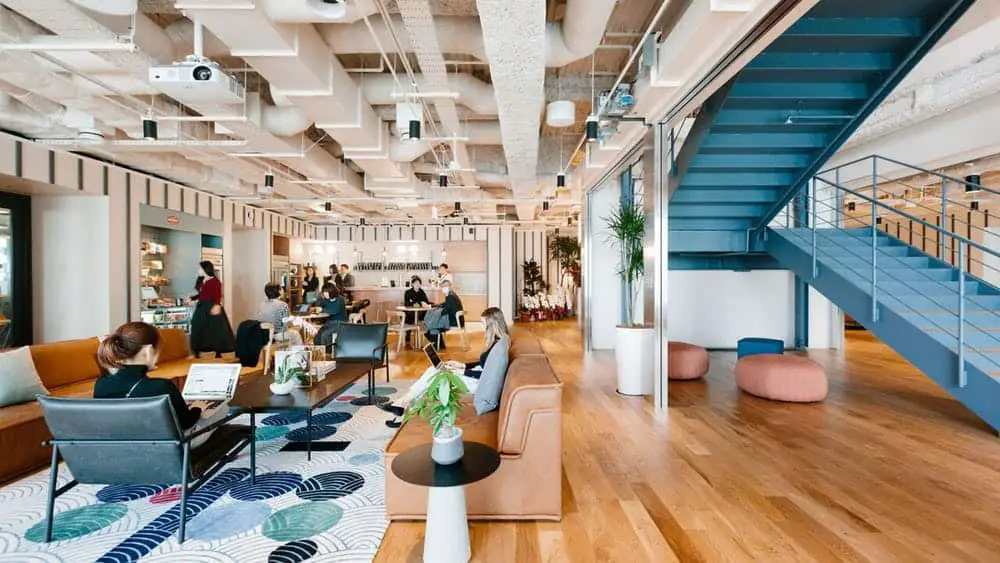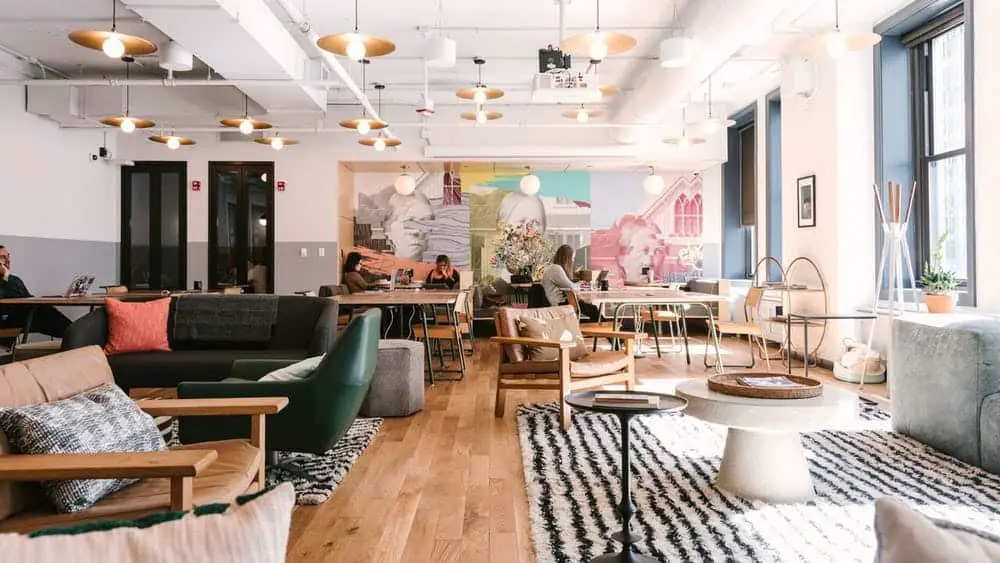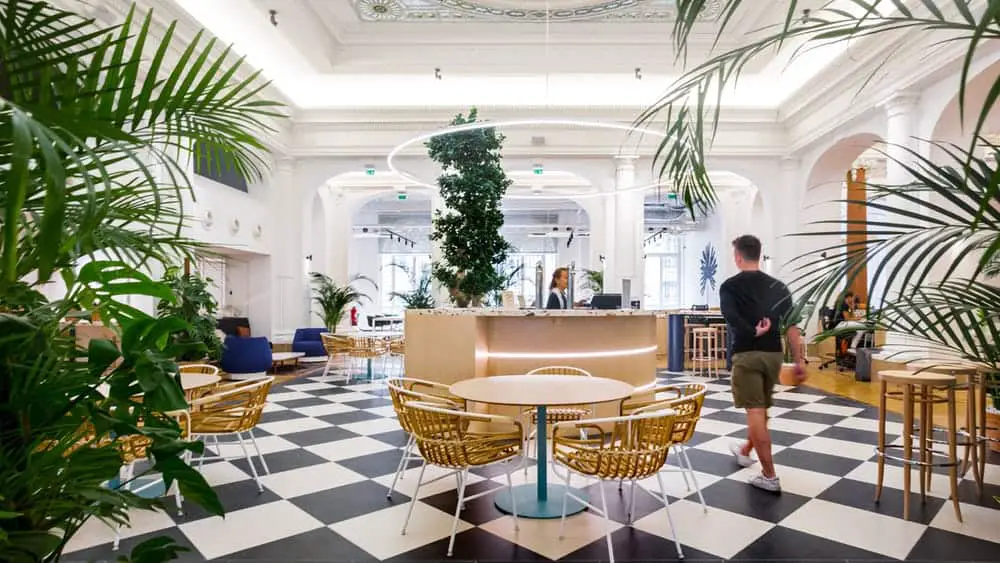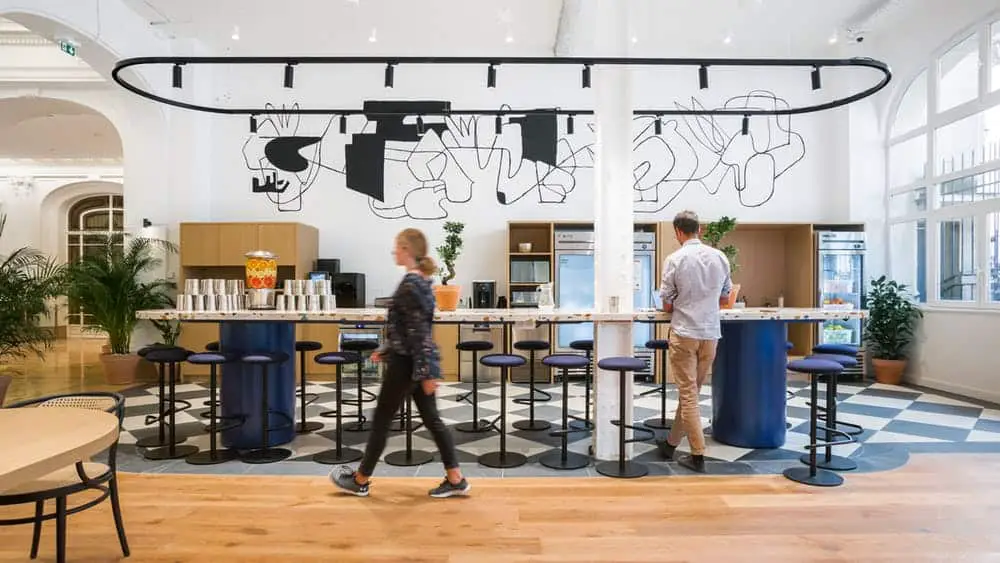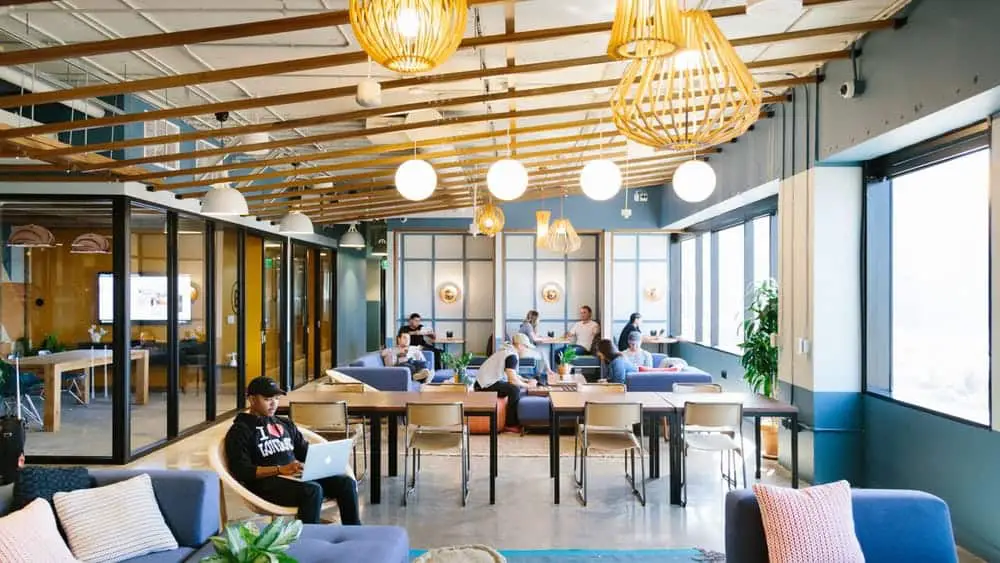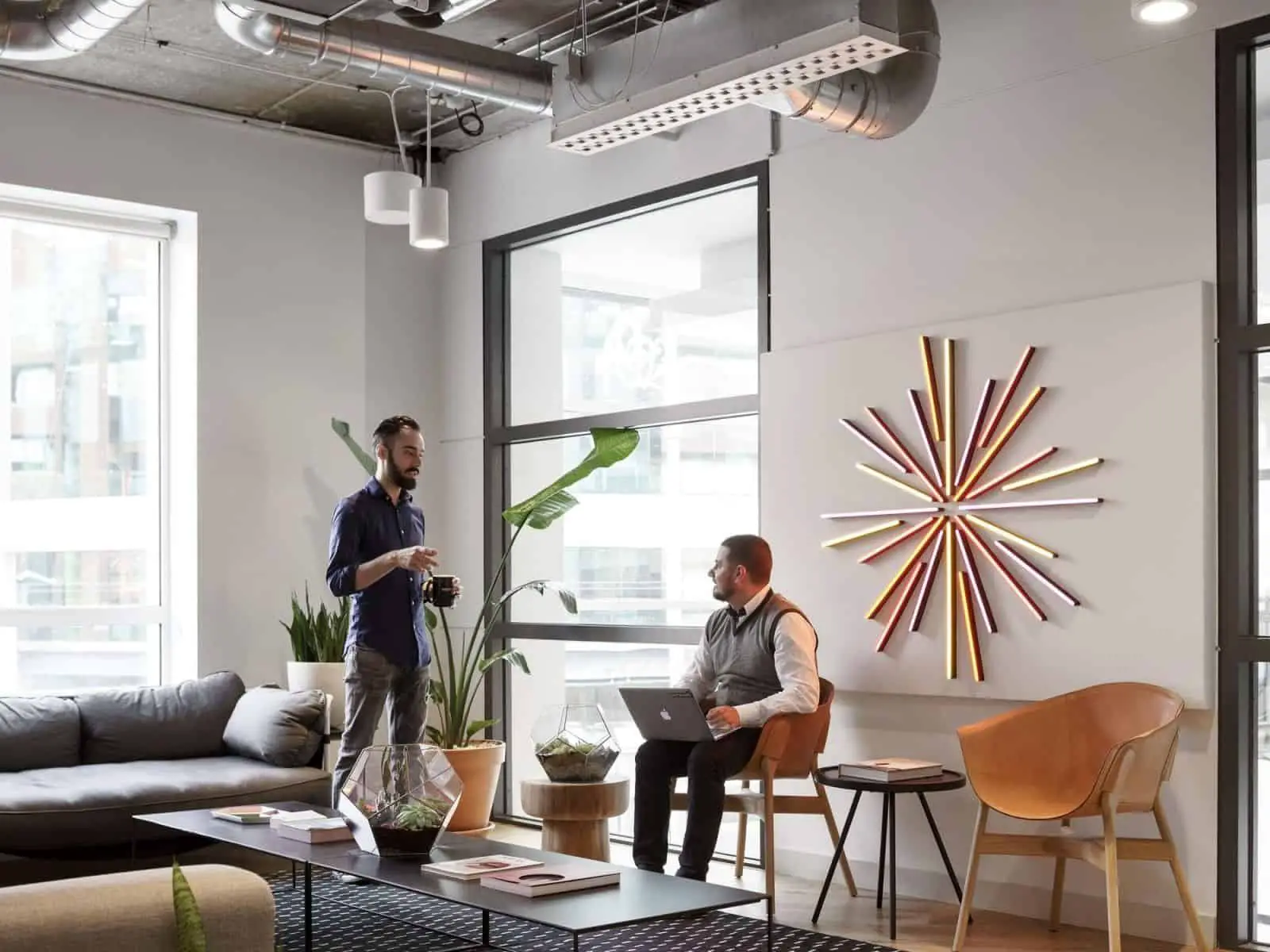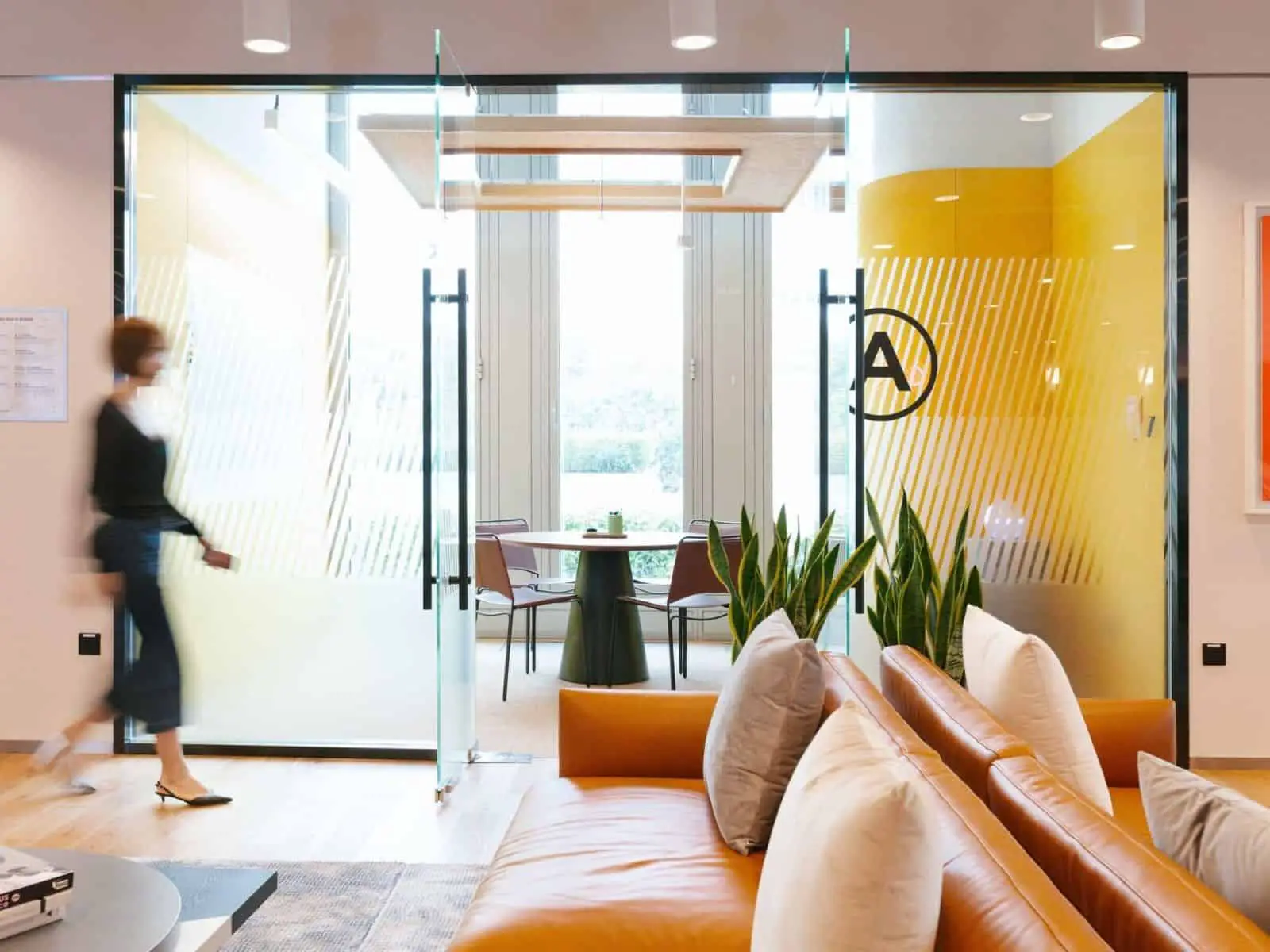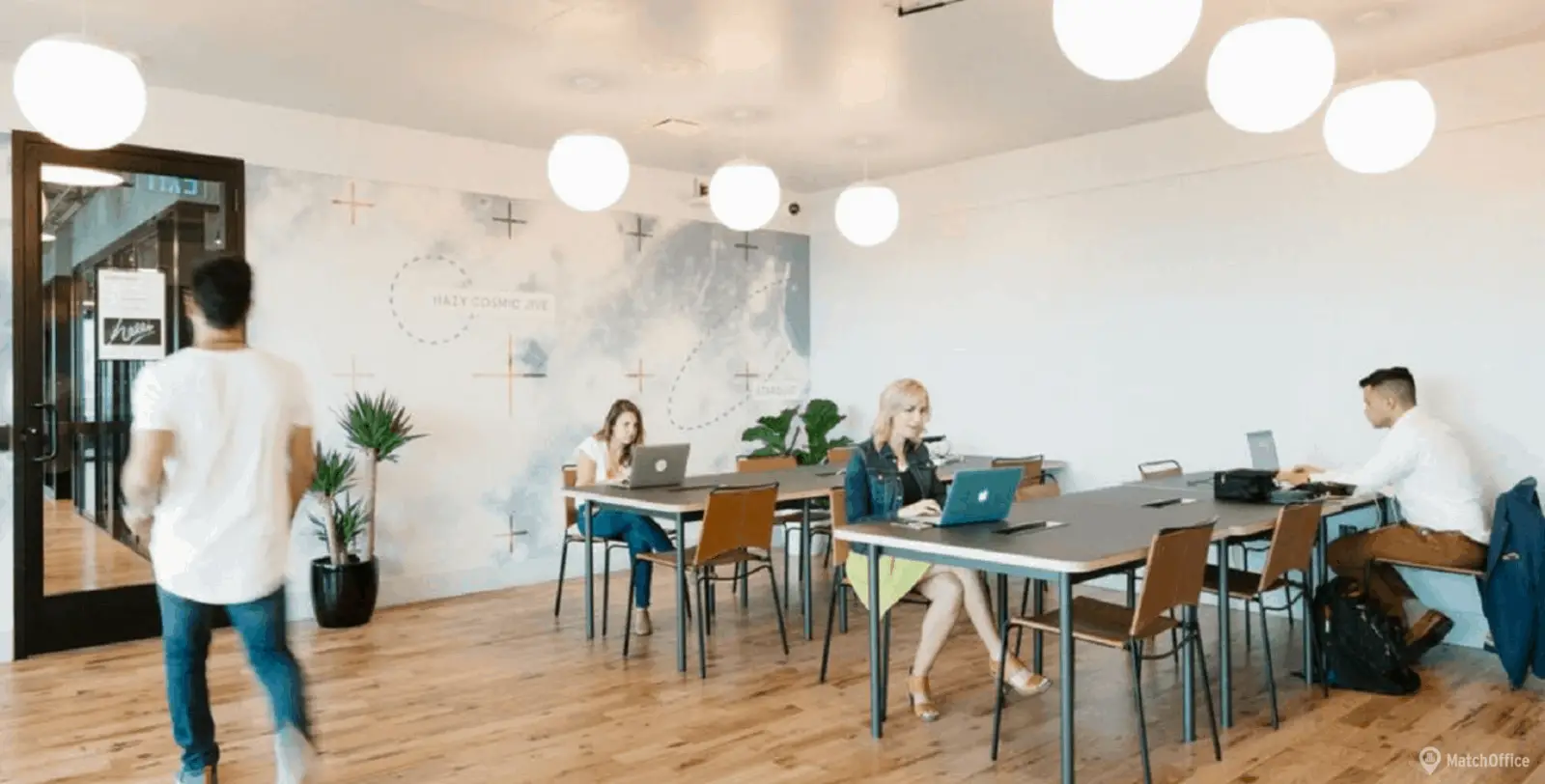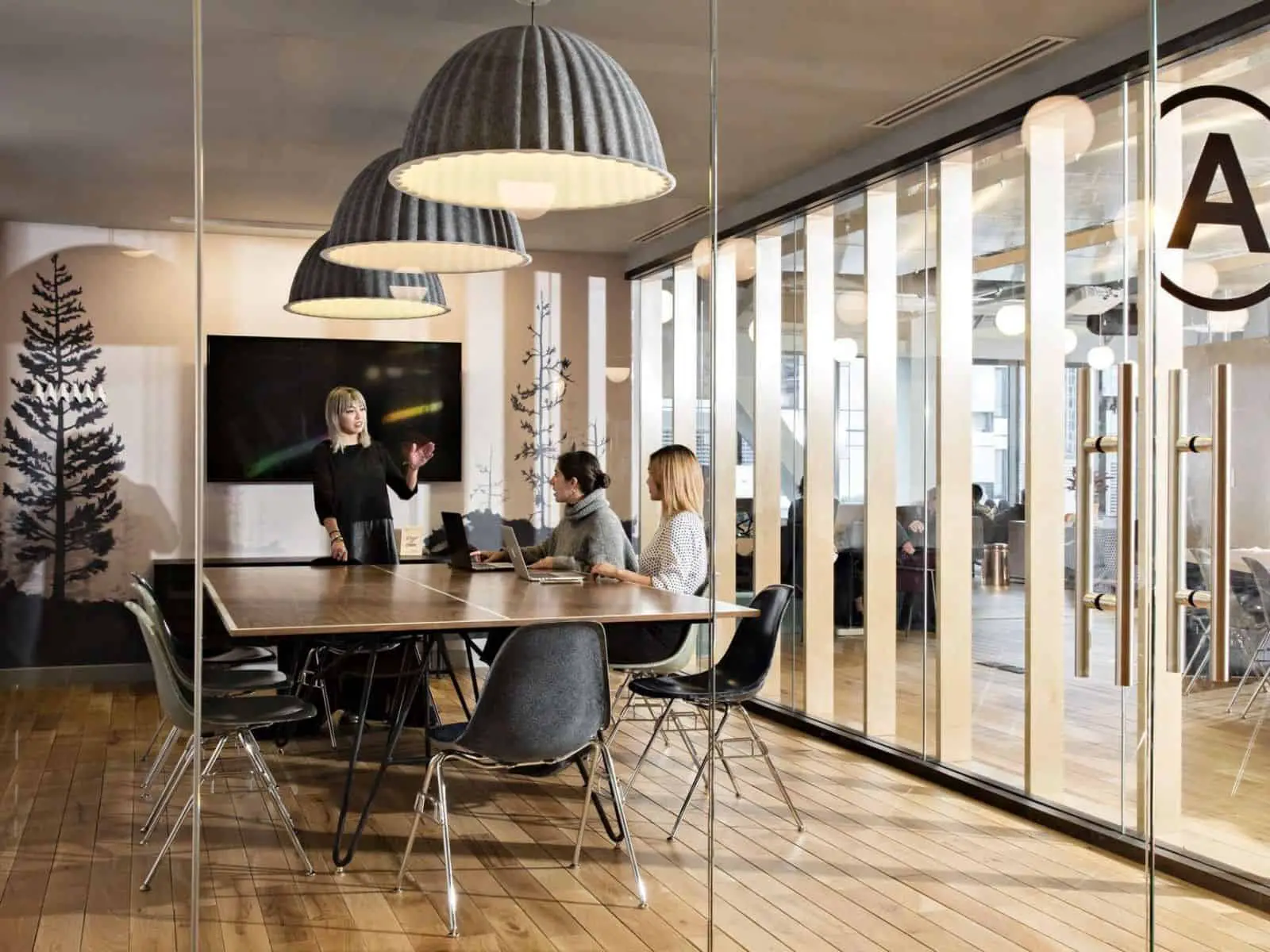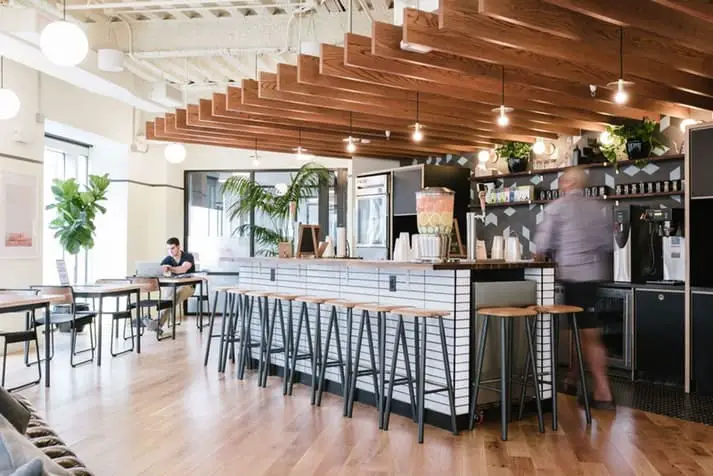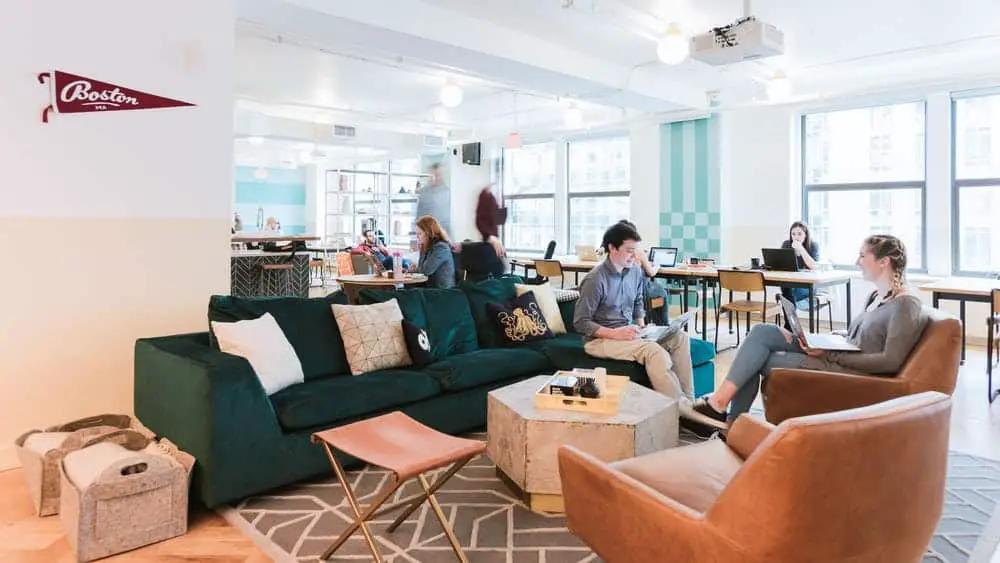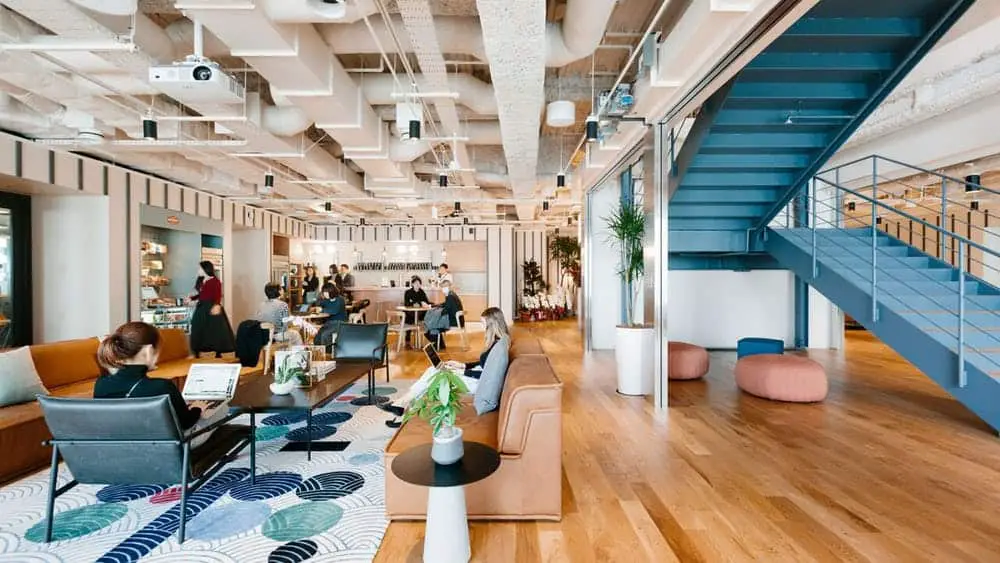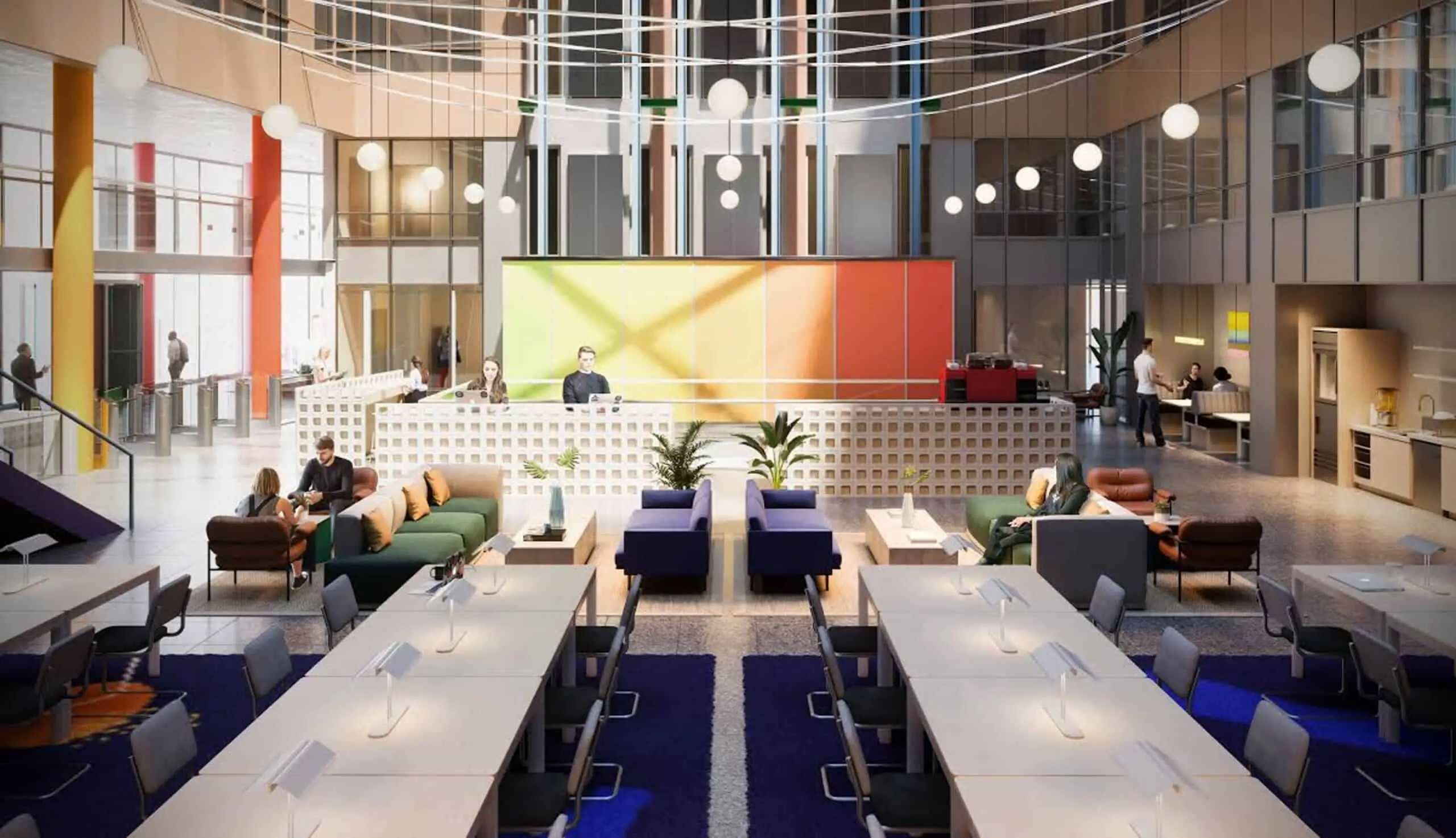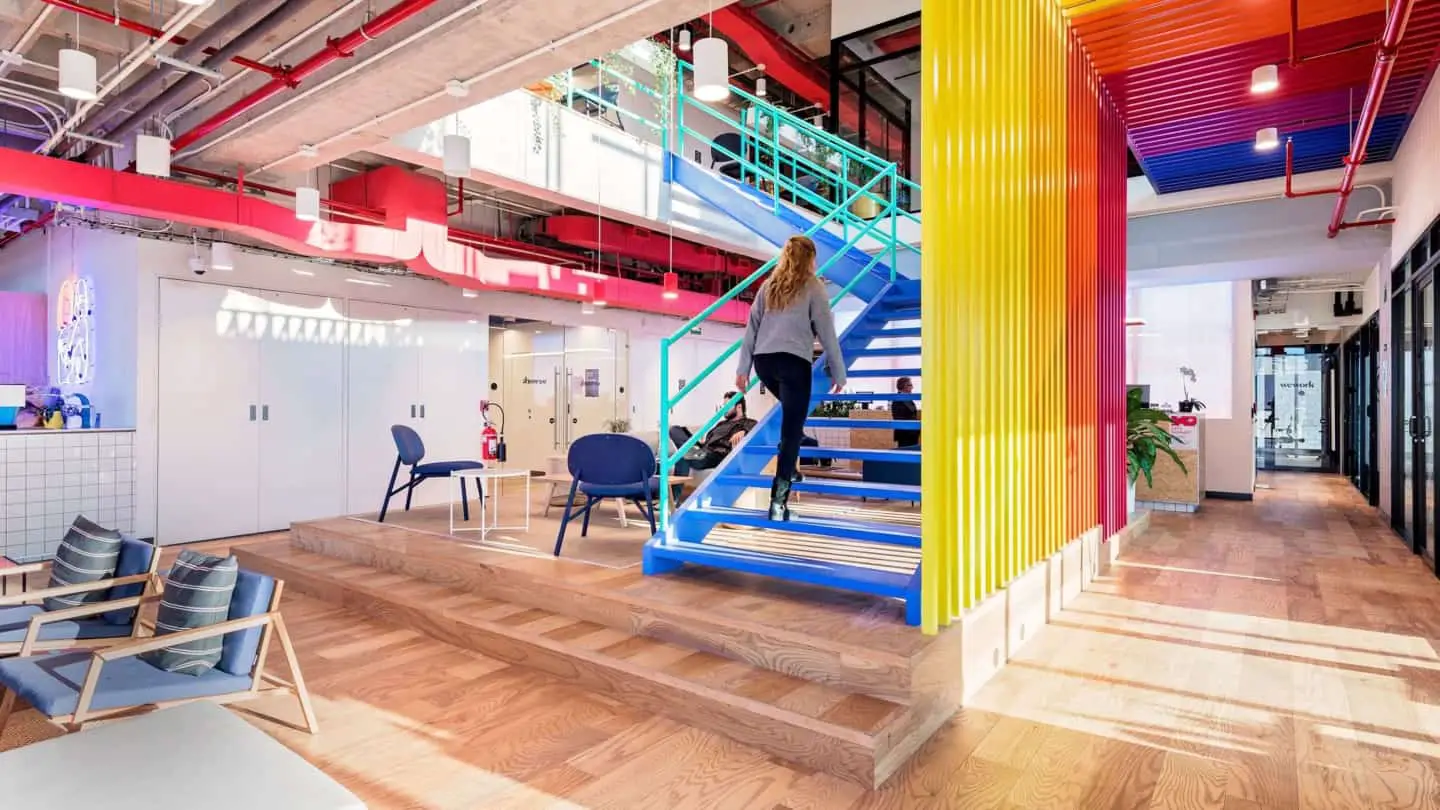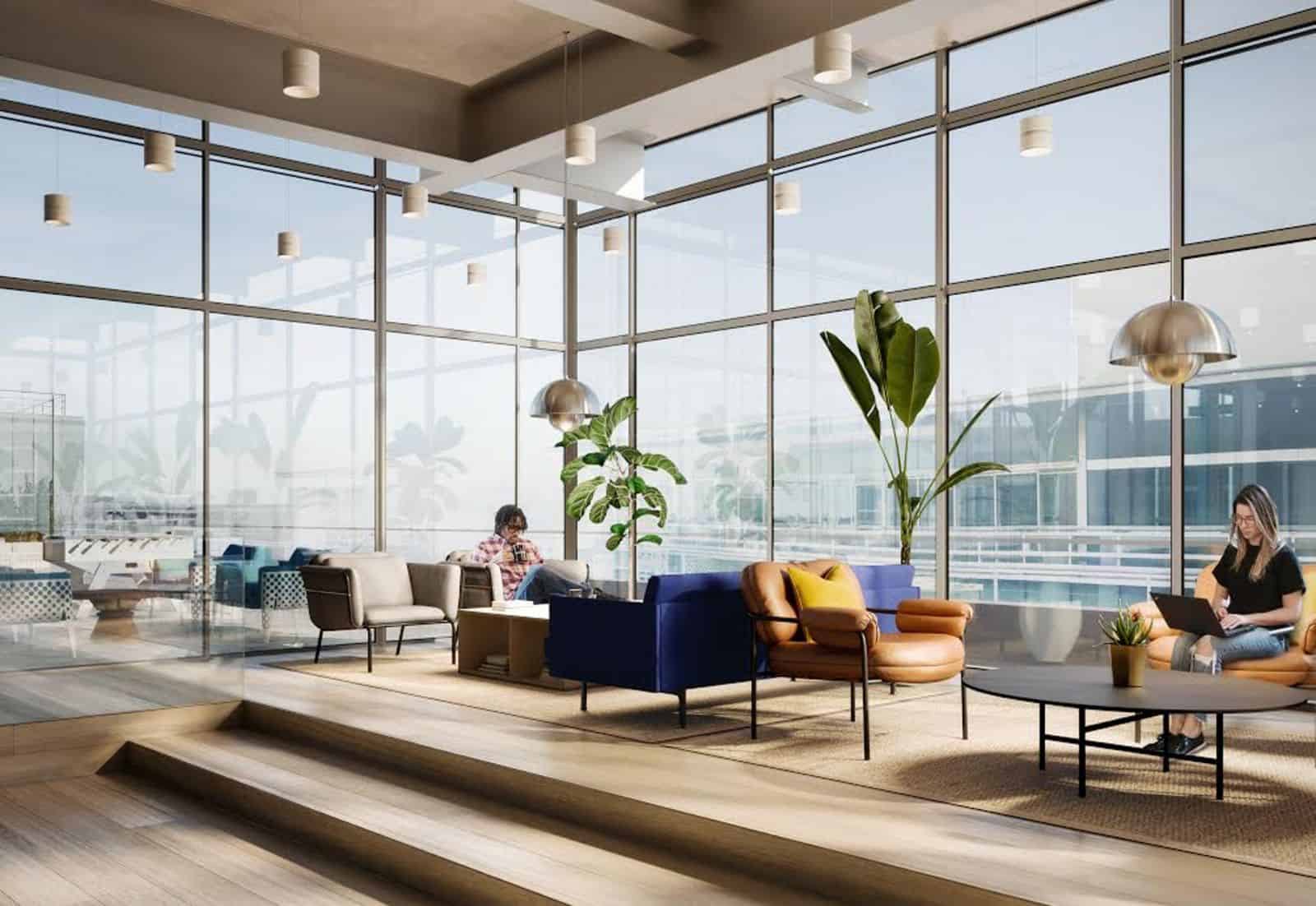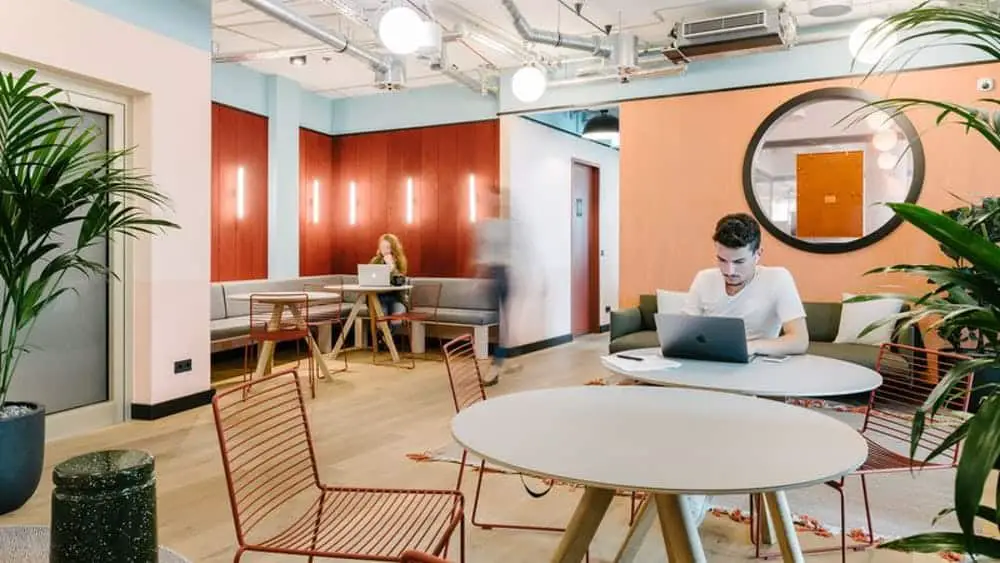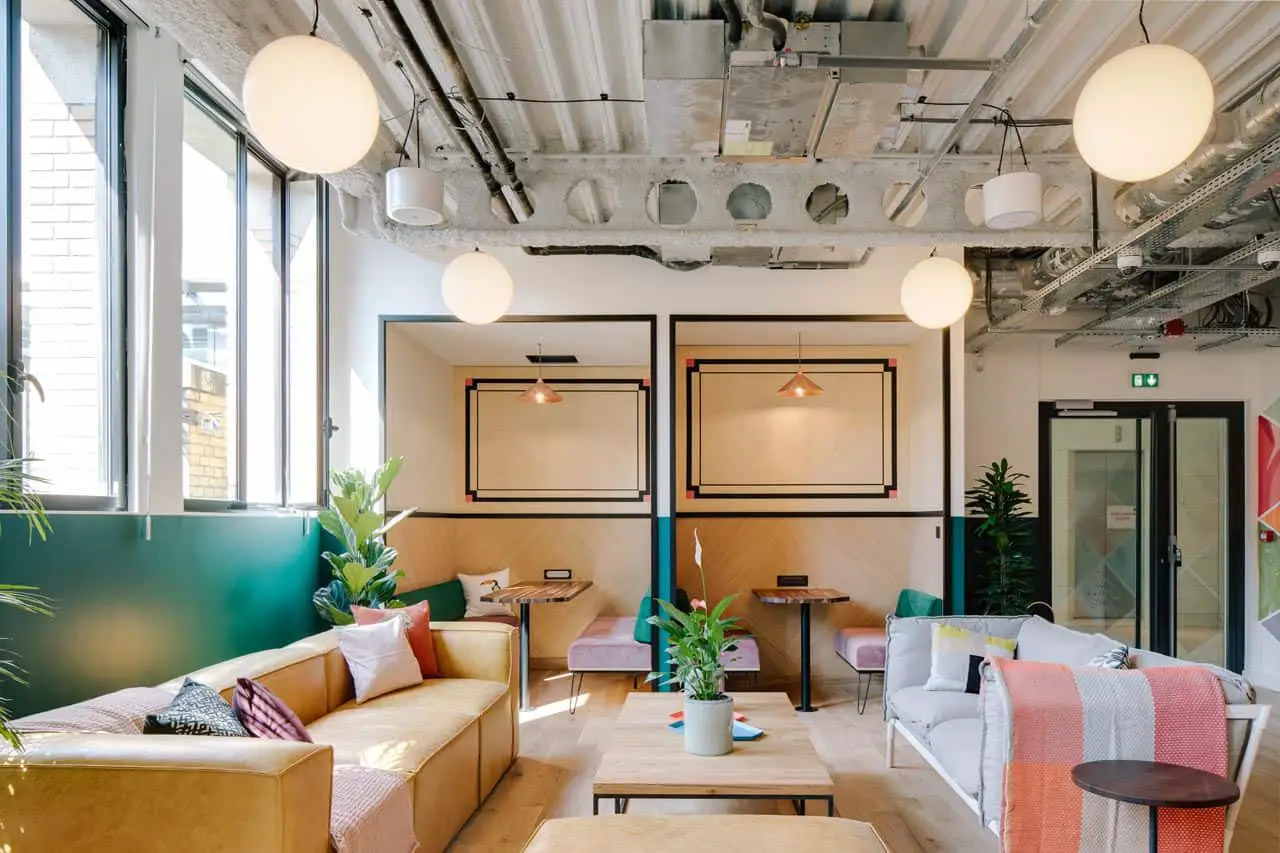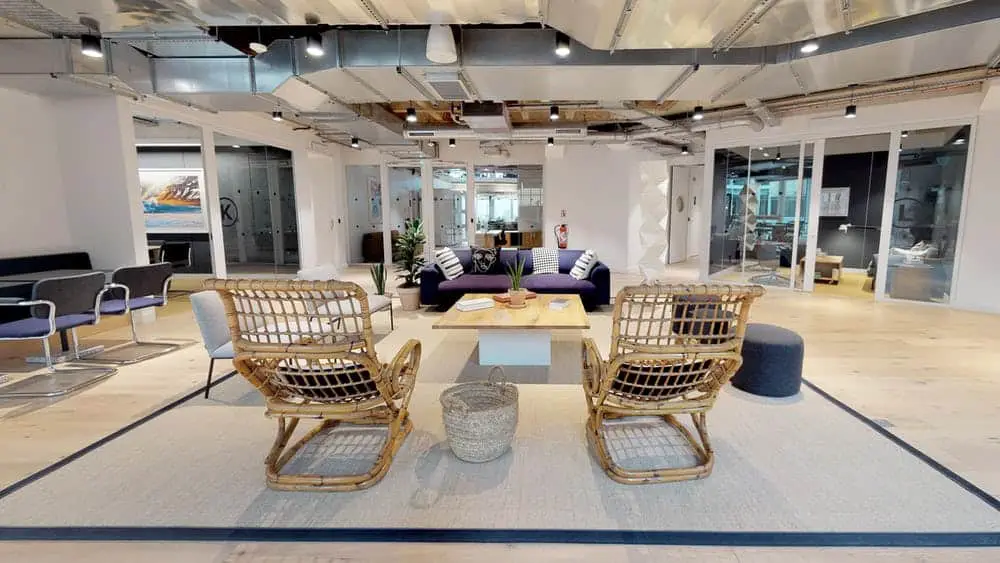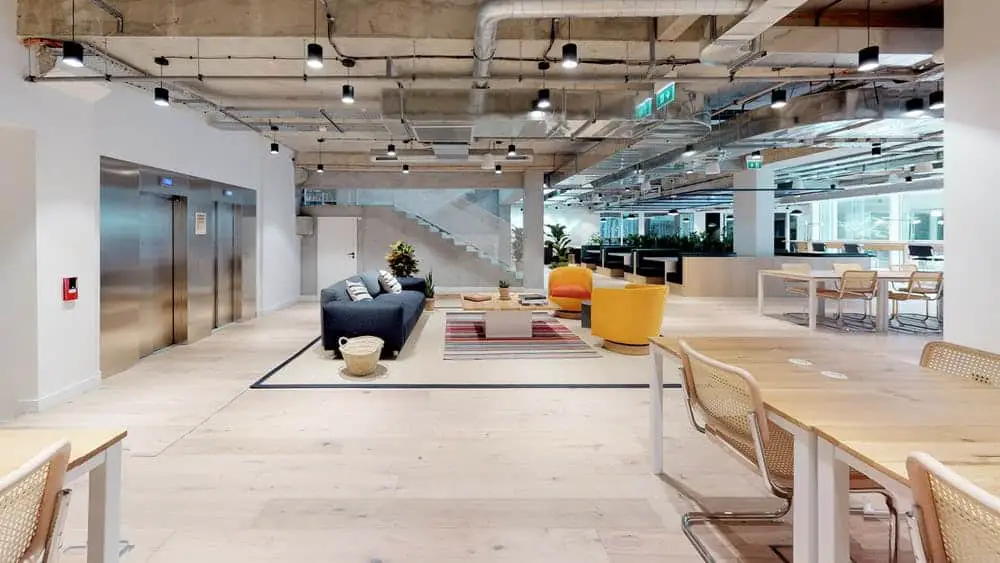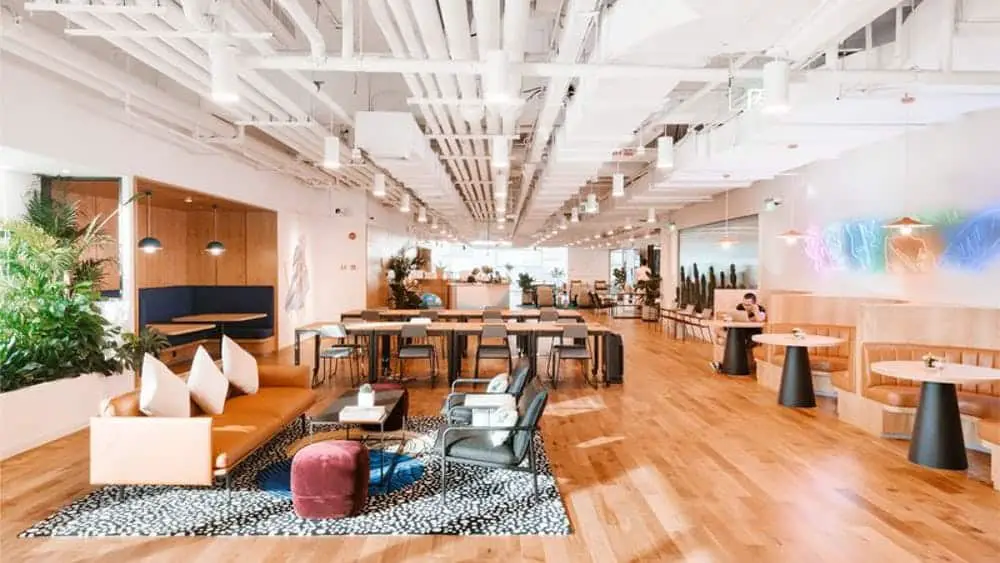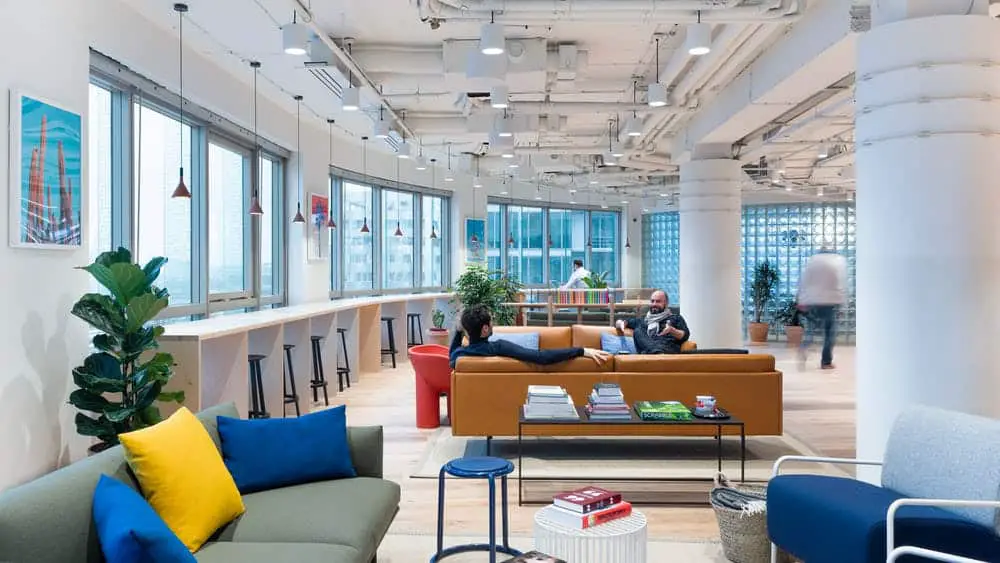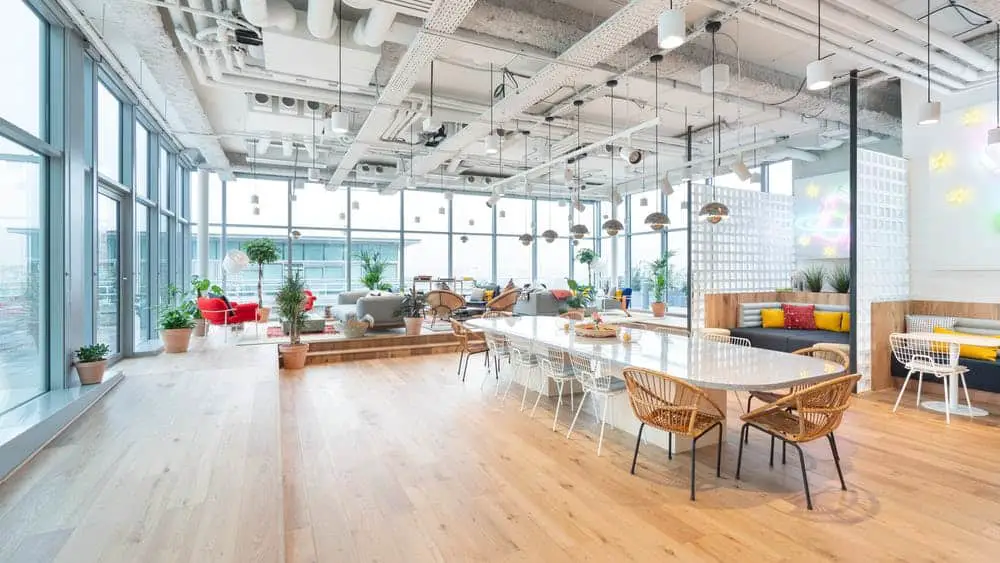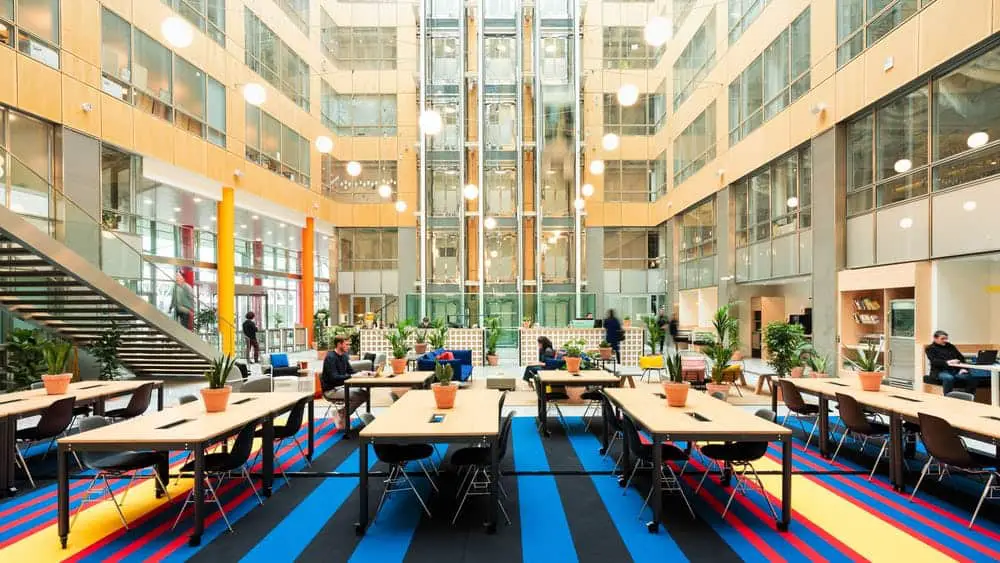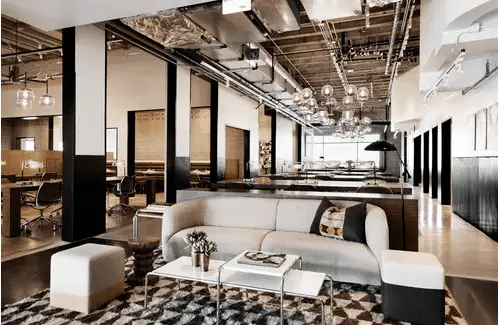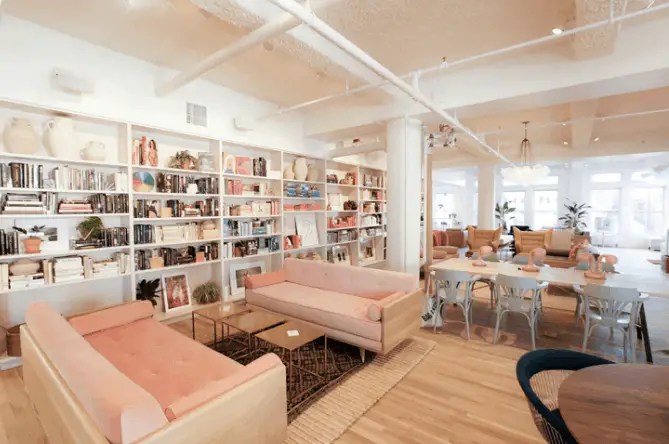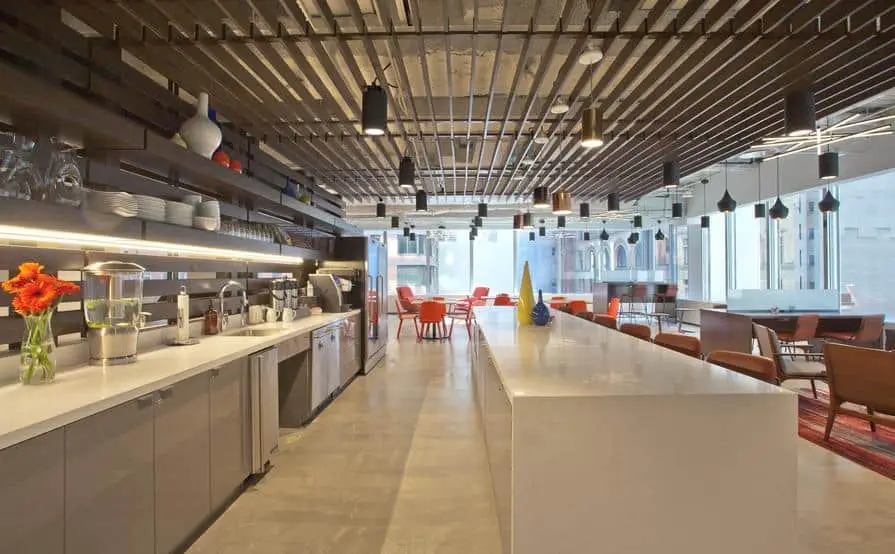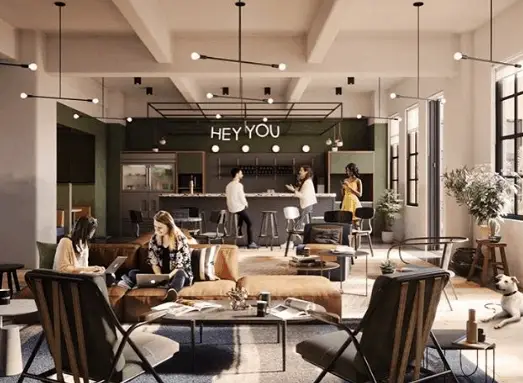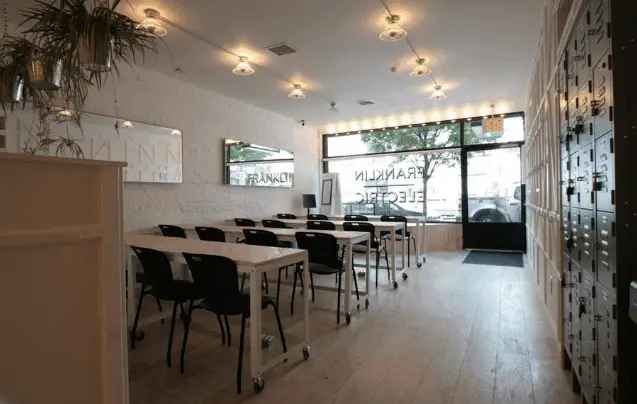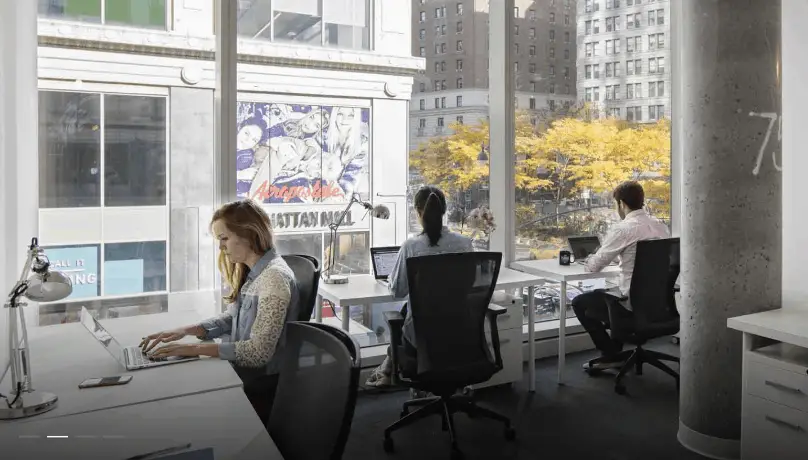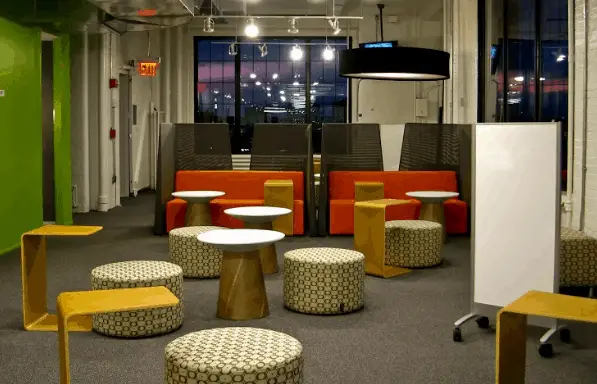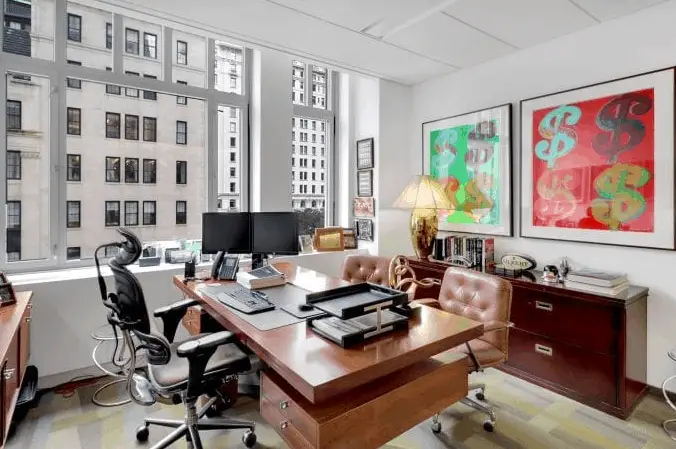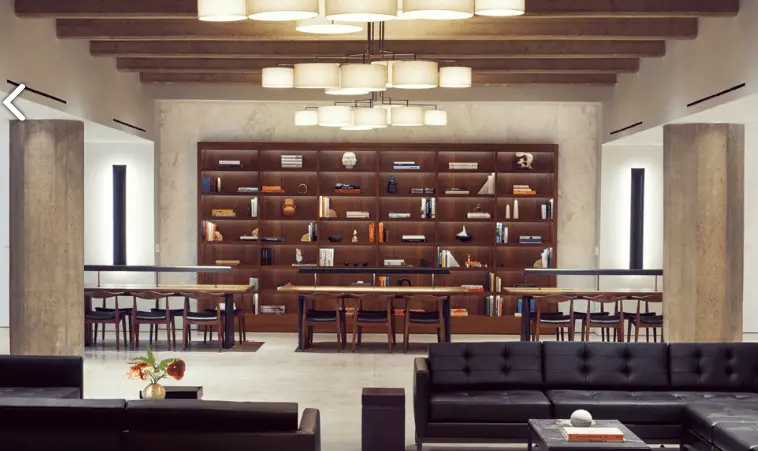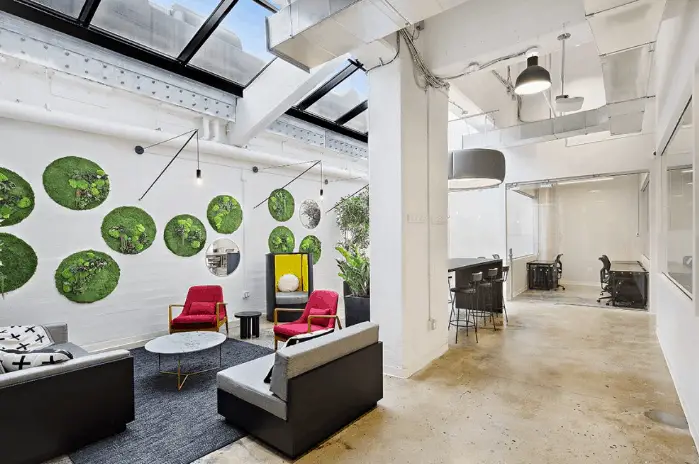When you ask executives about the one thing they want to change about their business, you will probably get a response about communication. All firms are made up of many minds, and communication is the only way for these minds to align their goals toward the company’s targets. At the same time, a lack of excellent communication can quickly wreak havoc on your employees’ performance. What separates positive communication from negative interaction, and how can you promote the former while avoiding the latter?
Positive communication helps make your teams more efficient and your company more productive. On the other hand, negative communication can cost your business millions yearly. Learning the difference can help you promote excellent communication within your business.
In this article, you’ll learn how to recognize the signs of positive communication and the symptoms of negative interaction. You’ll discover how these two can affect your business performance . Finally, this article shows some best practices for ensuring that people can understand each other in a non-distracting, efficient, and timely manner
. Finally, this article shows some best practices for ensuring that people can understand each other in a non-distracting, efficient, and timely manner

Effects of Positive Communication
There is a reason many corporate executives go to great lengths to promote positive communication. There are actually several reasons. In a nutshell, excellent communication leads to more cohesive workspaces, more efficient people, and an improved bottom line.
5 Effects of Positive Communication
|
1. Increased Confidence
|
|
2. Better Efficiency
|
|
3. Employee Engagement
|
|
4. Great Working Environment
|
|
5. Stronger Management
|
Learning exactly how proper communication leads to these advantages can help leaders justify investing time and money toward improving communication.
can help leaders justify investing time and money toward improving communication.
1. Increased Confidence
People want to express themselves. They want others to hear them, and they want other people to feel their positive presence. Who doesn’t want to be an influencer?
However, confidence is only possible when people can express themselves. In a toxic environment that hampers communication, people would prefer to clam up. When the local climate makes it easy for employees to express themselves, their confidence in themselves builds up. Their self-efficacy, or belief in their capabilities, rises. Greater confidence allows employees to shine in their work and to confront harder challenges head-on.
We have written a detailed article, “What is Workplace Capability? (For Employee and Employer) ,” which explains how employees develop self-efficacy and become capable.
,” which explains how employees develop self-efficacy and become capable.
2. Better Efficiency
Communication is the mutual exchange of information between two parties. Information runs businesses, since different people, teams, and departments need to exchange information to do work. It follows that better communication leads to more efficient workers.
is the mutual exchange of information between two parties. Information runs businesses, since different people, teams, and departments need to exchange information to do work. It follows that better communication leads to more efficient workers.
For instance, if bosses can communicate their expectations to their subordinates, everyone is on the same page, fostering harmonious relations. If workers can communicate their needs to their executives, they can receive more useful resources to make them better at their jobs.
3. Employee Engagement
What happens when employees feel that their voice matters? If workers are free to give and receive feedback, and if they can freely speak their mind without fear of reprimand, what would happen? Employees will start to communicate more with their peers, their superiors, and other people in the organization.
These people will engage more with their jobs since they’re immersed in a supportive environment that allows them to communicate freely. Like butterflies, they have the space to flourish and expand into their roles. Better employee engagement leads to more motivated workers who are more dedicated to accomplishing their goals. Ultimately, employee engagement leads to higher productivity.
We have written a detailed article, “How does Employee Engagement Impact Performance and Practical Tips to Improve It ,” which elaborates on employee engagement.
,” which elaborates on employee engagement.
4. Great Working Environment
Everyone knows what it feels like to work in a toxic work environment. In these places, you typically see dismissive bosses, unhelpful peers, and clients who can’t clearly articulate what they want.
Excellent communication allows leaders to build a better work environment for everyone in the organization. Who wouldn’t want that?
5. Stronger Management
The stereotypical boss is a tyrant who refuses to listen to their subordinates. They believe that their word is final, and they think that less time spent on communication means more time available for work.
In reality, this type of boss would quickly lose their job. Why? If a leader can’t communicate well with other people, how can they lead their teams towards success?
Good communication strengthens leaders. It allows them to exact more considerable influence. At the same time, communication enables them to form strong bonds with other people, especially their teams.

Effects of Negative Communication
Just as positive communication can bring benefits to your company, negative interaction can cause unnecessary suffering .
.
5 Effects of Negative Communication
|
1. Low Productivity
|
|
2. Conflict
|
|
3. Damaged Morale
|
|
4. Stress
|
|
5. Increased Turnover
|
When people misuse communication, they risk undermining the success of the entire organization. Knowing the adverse effects of bad communication can help leaders diagnose and fix any communication problems before they get worse.
1. Low Productivity
Imagine you’re an employee currently working on a challenging project. At the start, your roles and deliverables are unclear. You have a boss who quickly gets angry whenever someone asks a question. Your teammates refuse to communicate because they’re competing with each other. Do you think you have a decent chance of succeeding in your role?
Bad communication can ruin even the best workers and teams. Without proper ways to exchange information, the synergy that people associate with groups disappear.
2. Conflict
Negative communication often has lots of emotions. Most forms of this type of communication involve placing the blame on other people or taking on a defensive tone. Negative interaction can quickly escalate small issues into full-blown fights. Instead of empathy, people are pushed to keep on battling each other over insignificant things.
3. Damaged Morale
Poor communication leads to conflict, which in turn leads to demotivation. Who likes to work in a chaotic workplace? No one! Embattled, employees won’t have the energy to finish more critical tasks properly. With employees angry at each other, don’t expect to find cohesive, high-performing teams here.
4. Stress
The emotional states and lack of clarity negative communication fosters can be harmful to everyone’s mental health. Constant conflicts and anger can raise stress levels, which in turn leads to more conflict. Stress saps away energy from people, making them less efficient at their jobs. Even worse, chronic stress can cause lasting physical disorders, making people more likely to get sick.
We have written a detailed article, “How to Handle a Stressful Workplace Experience ,” which explains how employees can cope with stress.
,” which explains how employees can cope with stress.
5. Increased Turnover
Faced with stressful workplaces and poor communicators, employees may feel they only have one choice. They can decide to leave the company in search of greener pastures. Increased turnover can make it even harder to form strong teams. It can also cost the business millions in terms of acquisition and training costs for new employees.
General Communication Tips
You know by now the basics of positive and negative communication. You also realize the different effects of both types of communication on the company. Naturally, you’d want to know how to encourage positive interaction and prevent negative communication.

Communication can be a complicated process with many components. Fortunately, following a few simple tips can vastly improve the way you communicate with others.
1. Set Expectations
If you think about it, many conflicts arise from misunderstanding. In these scenarios, someone held one or more expectations which the other party was unable to fulfill. You can avoid many disputes by clearly expressing your expectations.
For instance, if you’re the head of a new department, make sure everyone knows what you expect from them when it comes to performance and behavior. In turn, ask them what they expect of you as their leader and mentor. In this way, it’s much less likely for anyone to disappoint.
2. Be Clear, Not Blunt
Clarity is one aspect of communication that many people fail to accomplish. It’s a valuable skill to transmit a message with as few words as possible. Practice being more concise the next time you need to hold a meeting or send an email.
is one aspect of communication that many people fail to accomplish. It’s a valuable skill to transmit a message with as few words as possible. Practice being more concise the next time you need to hold a meeting or send an email.
At the same time, practice empathy. Never mistake clarity with bluntness. Be aware of how your words can affect people, no matter how angry you might be at the moment. A tip is to step back and take a breather before you talk or write. The momentary calmness allows you to have a calmer perspective, preventing you from saying or writing something you’ll regret later.
3. Listen and Engage
Another common pitfall when it comes to communication is when people fail to listen. At the same time, listening alone is not enough if you don’t actively engage during a conversation.
The next time you speak with someone, practice active listening. Make sure your body language and word choice communicate interest. Avoid interruptions, and remember to ask appropriate questions.
4. Choose the Proper Medium
Communication in the modern world can involve many methods. Aside from face-to-face interaction, you can use written communication such as memos, emails, or instant messaging. You can even have video conferences.
However, the medium you choose should depend on the message you want to convey, as well as other aspects. Communicating harmful or dangerous news typically warrants physical interaction. Email is suitable for regular online communication, but you can use instant messaging for urgent matters. By choosing the proper medium, you can express your message with minimal disruption.
Communication in the Digital World
Modern workplace communication includes technological tools such as digital written communication and audio/video conferencing.

It can be difficult for people to use these tools properly, especially for employees who aren’t digital natives. Learning some guidelines for navigating the digital world helps ensure that these tools are boons, not banes, toward proper communication.
for navigating the digital world helps ensure that these tools are boons, not banes, toward proper communication.
1. Encourage Physical Meetings
This rule might seem out of place, but it’s useful once you realize communication channels differ in information richness. Traditional methods such as face-to-face conversations are information-rich since people can rely on both verbal and non-verbal cues to figure out what each of them wants to express.
You can’t do the same with digital channels. You can’t tell body language based on a phone call or a memo. Hence, companies shouldn’t rely too much on digital forms of communication when more productive channels are readily available.
2. Guide Employees on Using Software
Since some people might be unfamiliar with the available software tools, make sure they know how to use them. There are few things sadder than spending thousands on software only for people to avoid using them because they don’t know how to. Training might add a significant cost to business operations, but the resulting efficient communication can more than make up for it.
3. Use Coherent Components
If you use specialized software and hardware, make sure that they can work with each other. For example, if your company uses incompatible software for online meetings and file sharing, people will find it harder to exchange notes and other files during sessions.
4. Select and Test Good Equipment
Inadequate equipment can make communication more difficult. For example, if your teams regularly hold meetings online, you might struggle to understand each other if you use substandard microphones and cameras. If possible, use dedicated hardware instead of built-in ones on employees’ laptops. Specialized hardware items tend to perform better.
Aside from selecting good equipment, remember to test them beforehand so that you’re familiar with them. Wasting 15 minutes setting up your microphone for a virtual meeting is a sign of disrespect of other peoples’ time. Be sure that everything is functioning and you’re comfortable with them before the meeting starts.
beforehand so that you’re familiar with them. Wasting 15 minutes setting up your microphone for a virtual meeting is a sign of disrespect of other peoples’ time. Be sure that everything is functioning and you’re comfortable with them before the meeting starts.
5. Avoid Multitasking
An additional advantage of digital communication is that it allows you to hold meetings or talk to people in more locations and outside office hours. That said, don’t abuse this flexibility by multitasking. You’re being paid to work, so misusing your time by doing other tasks unrelated to it is unethical. Multitasking can also make it harder for you to understand others by taking away your focus.
Examples of Positive and Negative Communication
To see the difference between these two types of behavior, consider two employees Mark and Harry working for XYZ Inc.
It’s a few months before the annual performance evaluations, and there’s a highly coveted promotion up for grabs. Everyone wants to get the high-ranking position, and the current consensus is that both Mark and Harry have the highest chances of getting promoted. Both of them are hard-working, dedicated, and creative. They excel at their jobs, and everyone agrees that they bring the most benefits to the company.
Both of them work in the same division. Each of them was made leaders of their respective teams, composed of both new hires and veterans.
Mark immediately warms up to his team. After several days of getting acquainted with each other, he establishes a regular communication system that allows each team member to present progress reports weekly. Mark encourages inquiries, no matter how silly the question. He shows empathy in the way he communicates, and he ensures that everyone works towards their common goal.
Meanwhile, Harry becomes obsessed with promotion. He pushes his team to work at their hardest, using force as much as possible. Harry wants to establish himself as the alpha wolf of his pack, so he never hesitates in giving scathing reprimands. Harry expects his team to work with minimal supervision, and he believes in cutting back on unnecessary communication so that they could focus on work.
A frustrated client sends an inquiry about the product both teams are working on to develop. Mark responds immediately and succeeds in defusing the situation. While his feedback was helpful, Mark redirects the client to Harry since his team is also involved in the product. Harry treats the inquiry as a distraction and takes no heed at first. When he reads the email, he immediately goes on the defensive as he defends the superior quality of their product.
Roughly a month before the evaluations, Mark’s team is performing well. They meet deadlines and pass deliverables with flying colors. The newbies are learning a lot by working with their senior counterparts. Professional relationships form even outside of work, as the team regularly eats out to hang out and chill.
Harry’s team is in shambles. While the single-minded focus on their goal gave them more time to do the project, they are barely reaching deadlines. Everyone focuses on their work and rarely asks or offers any help. New hires are too intimidated to approach everyone, while senior members form their serfdoms in the workplace. Conflicts are widespread, and overall morale is running low.
Now, between the two of them, who do you think will receive the promotion?

Common Communication Activities
To better differentiate positive and negative communication, you can look at several common ways by which people communicate with each other. There are roughly ten major activities which form the bulk of workplace communication. For each activity, there are both best practices and common pitfalls. Investigating each event can help you better understand the difference between good and bad communication.
which form the bulk of workplace communication. For each activity, there are both best practices and common pitfalls. Investigating each event can help you better understand the difference between good and bad communication.
1. Listening
Contrary to popular belief, communication is more than just talking. You can keep on spewing words, but for anyone to understand you, they should be listening. The skill of listening is something that we all take for granted, but many people are unable to listen in a way that promotes the proper exchange of information.
Good listeners remain focused as another person talks. They digest the content intently and allow the other party to finish speaking. They refrain from distracting the other person. They show through their body language and their behaviors. Once finished, they take some time to formulate a good response.
The most common mistake when listening is losing focus. For many people, this mistake happens because they start formulating a reply even before the person has finished talking. Many people are pressured to reply immediately to show that they can think quickly. However, this practice is rude and prevents you from truly understanding what your companion wants to say.
Another common mistake is showing disinterest. How many times have you been in a conversation with someone who keeps looking at their phone? How did you feel during those times? Being easily distracted during a conversation is a surefire way to insult someone.
2. Asking Questions
A lot of people have an aversion toward asking questions. For these people, questions are a sign of stupidity and vulnerability. However, it’s madness to proceed with work if you don’t even know how to do it correctly! Questions show that you are humble enough to ask for help and you are interested in learning how to do something properly.
Good questioners clearly state their problem and what help they want to receive. What do you want the other person to do? Being clear eliminates guesswork and allows both of you to start working toward a solution immediately. Questions should be purely for information exchange, so avoid loaded words and hidden meanings.
Bad questioners tend to ask irrelevant questions. They don’t hesitate to ask questions whose answers can be easily found if they exerted some effort. Instead, they distract others about their easily solvable problems. At the other extreme, some people don’t ask anything at all. They only make themselves sound arrogant and aloof .
.
Some people don’t know how to formulate the right questions. They ask about the first thing on their minds, not realizing the other person might not know what exactly their needs are.
3. Discussing
When used properly, discussions are great ways to communicate. Striking up a simple conversation can be essential for brainstorming ideas, talking about issues, or catching up with peers. Nevertheless, some people have habits that prevent them from engaging in productive discussions.
For example, some people keep on talking without leaving an opening for the other party to communicate. Others tend to talk about themselves since many people enjoy discussions about themselves. Left unabated, this can prompt people to think that they are selfish.
Good discussions have equal participation from both parties. Each person has time to listen and to formulate a response. No one interrupts, and the conversation goes smoothly.
4. Sharing Information
When you share information, make sure to stay focused. Many employees tend to ramble about irrelevant things, causing the conversation to derail. When this happens, everyone’s time goes to waste.
When sharing information, your tone matters. Make sure that your tone matches your message. For example, be somber and discreet when presenting bad news. Telling someone offhandedly that they need to resign is disrespectful and will only earn you hatred.
matters. Make sure that your tone matches your message. For example, be somber and discreet when presenting bad news. Telling someone offhandedly that they need to resign is disrespectful and will only earn you hatred.
In general, you want to be generous when sharing information, especially when helping other people. If a junior member approaches you for help, they are willing to show vulnerability, showing that they trust you. Rebuffing them paints a picture of you as an information hoarder that no one would like to have as a companion.
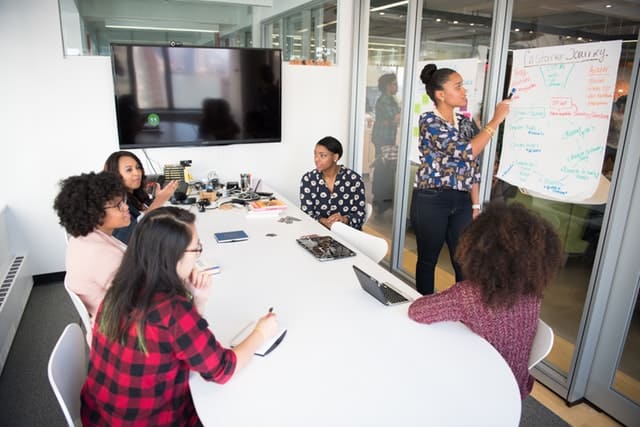
5. Agreeing and Disagreeing
When agreeing, state a reason. Agreeing only for the sake of harmony is a sign of weakness. Make sure that you mean what you say.
The act of agreement isn’t always affirmative. There are occasional moments when you have to stand your ground and say no. Being a yes-man can be dangerous for your career, as you’re forcing yourself to take on tasks that might not be relevant to you. Saying yes all the time can also dampen your critical thinking abilities.
When you do disagree, express your dissent properly. Say why you refuse and offer feasible alternatives. Being unnecessarily brash will make you look like a bully. By providing options, you show that you care about the person and your refusal is solely on professional grounds.
6. Suggesting
Suggestions may sound like positive communication practice, and in many cases, they are. Being proactive enough to make suggestions shows you care about achieving common goals. It also tells people that you are willing to cooperate to achieve your goals.
However, suggestions can backfire. If you give unsolicited suggestions, you risk others labeling you as someone who puts their nose in another person’s business. Recommendations made with the wrong tone can also make others think that you’re arrogant or you’re flaunting your superiority.
When you make suggestions, think first if you’re in a position to do so. Some people like to make suggestions even if they aren’t experts on the topic. This practice leads to ideas that don’t work, inconveniencing other people.
7. Getting Feedback
One of the top effective ways to enrich your professional life is to get feedback . Everyone is blind when it comes to introspection due to self-serving biases that prevent us from seeing ourselves accurately. Hence, it’s vital to get the perspectives of other people.
. Everyone is blind when it comes to introspection due to self-serving biases that prevent us from seeing ourselves accurately. Hence, it’s vital to get the perspectives of other people.
The way we receive feedback tells us a lot about ourselves, mainly when the input is negative. Some people tend to overreact by shifting to the defensive or putting the blame on other people. Aside from being unprofessional, this behavior only shows you are too proud to accept constructive criticism.
Want to handle feedback with grace? Reflect on the feedback and thank the ones who gave it to you. Use the feedback as a signpost telling you how to improve yourself. If the input is positive, think of it as an affirmation to do better.
8. Seeking Feedback
People sometimes give feedback automatically, but in many cases, you have to ask for it . Feedback can help you realize where you need to improve. Unfortunately, not a lot of people take advantage of how feedback can support their professional careers.
. Feedback can help you realize where you need to improve. Unfortunately, not a lot of people take advantage of how feedback can support their professional careers.
You should be more proactive in seeking feedback. However, this doesn’t mean that you should demand input. Many zealous employees err by being too aggressive in seeking other’s opinions of themselves. Rather than being proactive, they tend to give off arrogant and self-centered vibes.
Be polite when trying to seek feedback. Don’t rush or pressure others, since they also have professional and personal lives of their own. When you do receive the feedback, remember to give thanks.
9. Answering Questions
Not many realize there is an art toward answering questions. Do this right, and people will look up to you as a guru. Fail here, and your peers will avoid you in droves.
One best practice for answering questions is to be precise. Be straight to the point, and avoid fluff so that people can easily understand you. When offering additional advice, remember to read the tone of the question. If the questioner seems genuinely curious, it won’t hurt to extend your answer with other information.
A common mistake in answering questions is forcing yourself to give a response immediately. While you think this makes you look like a genius, the chances are you won’t be able to provide a reasonable answer. Remember that silence can be helpful, as it gives you more time to think about what you need to say, particularly in challenging scenarios. After the question ends, take a moment to catch a breather before continuing with your response.
10. Explaining
Explanations form the majority of your communication, whether you are presenting your monthly reports to a crowd or justifying a raise to your superior. The way you explain matters can determine how people see you as a communicator.
A good explanation is detailed but still understandable. A tip is to imagine yourself as part of the audience. By taking others’ viewpoint, you can understand how likely they are to follow you. If your audience is not knowledgeable about what you’re about to say, you can make adjustments so that they can understand you better.
People typically screw up on explanations by being too detailed. For example, you don’t need to devote half an hour explaining the company’s entire history when you’re giving an annual progress report to clients. They either know it already, or they don’t care, and anyway it’s not relevant to the topic. Make sure every word you utter or write contributes toward your main subject.
Another common mistake is sounding condescending. In most cases, a neutral tone should be the only tone you take when explaining. Being passive-aggressive may give you momentary satisfaction, but you’ll end up being a bully.
Finally, some explanations are boring. As the communicator, it is your responsibility to ensure that you capture the interest of your people. Aside from the content, you should try your best to evoke appropriate emotions. If you successfully rein in your people, they will remember you as an animated and charismatic employee.
Related Questions
Is it always wrong to use emotions when communicating? No. Sometimes, you have no choice but to express your feelings. If someone fails at a task, it’s okay to express your displeasure to remind them to do better. If you’re trying to motivate a crowd to follow a vision, it’s fine to show your zeal and enthusiasm. The vital tips to remember are you need to use your emotions correctly, and you have to remain in control at all times.
What’s the top way to learn how to be an excellent communicator? Reflect on a moment on people who you consider to be good communicators. It can be a boss or peer in your company. It can even be someone you don’t know directly, such as a well-known speaker. Observe how they speak and write and pick up what makes them good communicators. Keep on practicing until you become better at communication.
until you become better at communication.


 is best taught by example. Values, habits, and behavior flow from top-down.
is best taught by example. Values, habits, and behavior flow from top-down. ”
”


